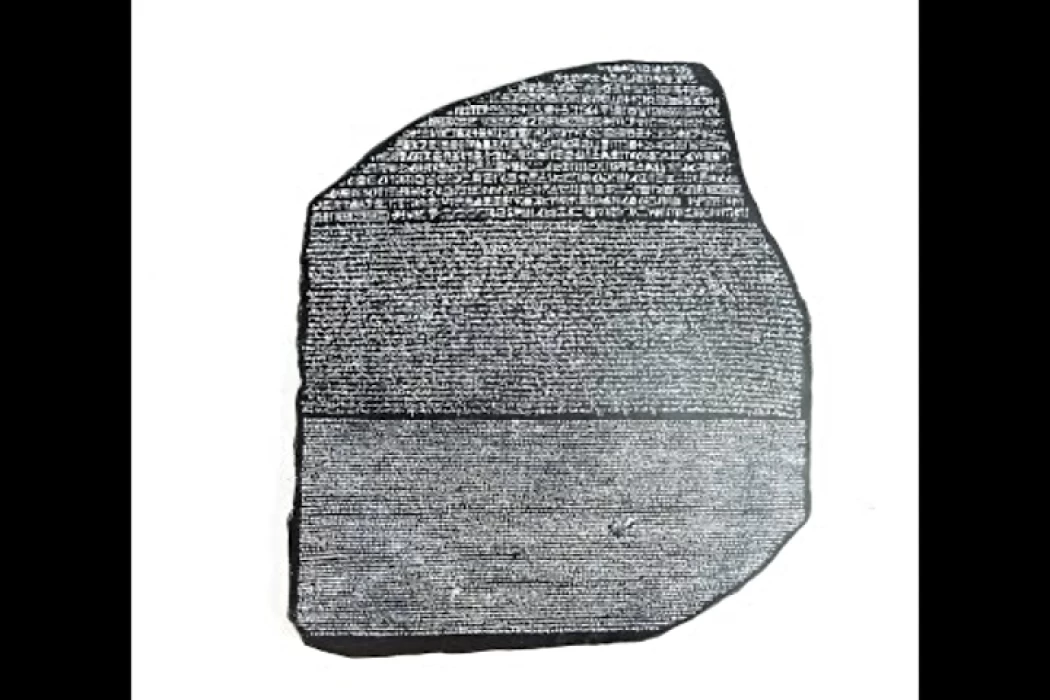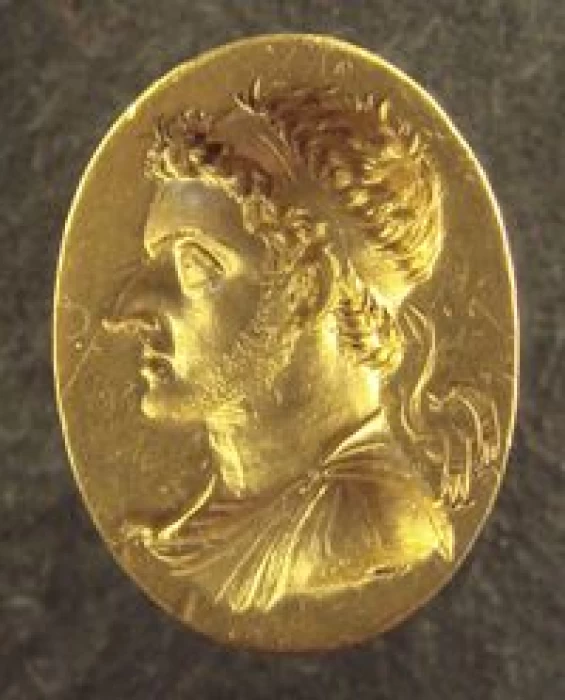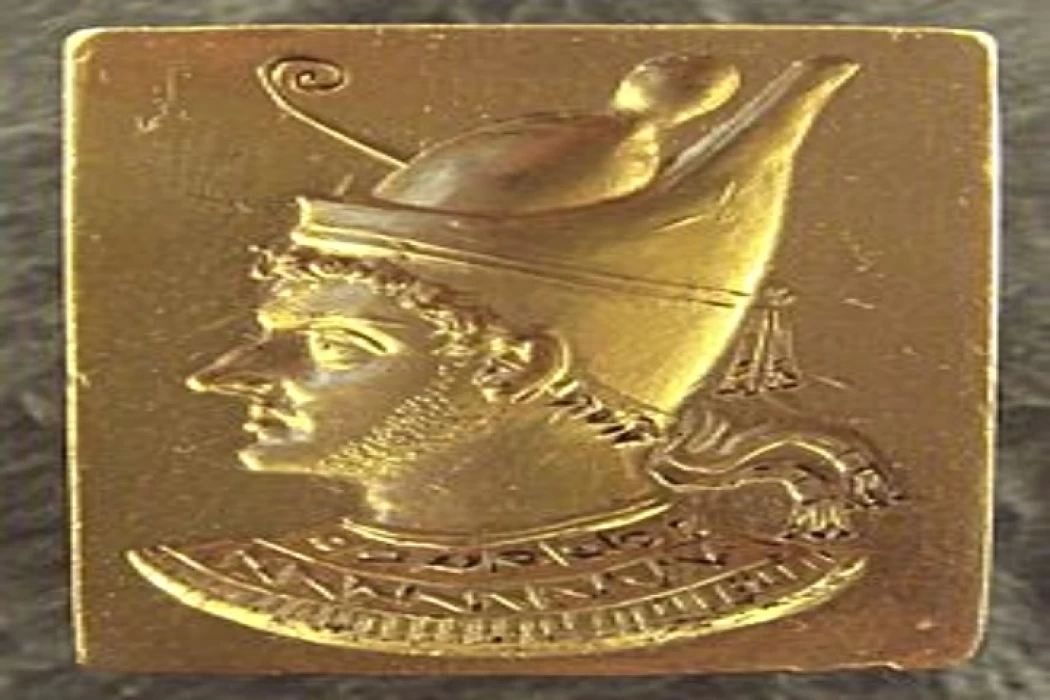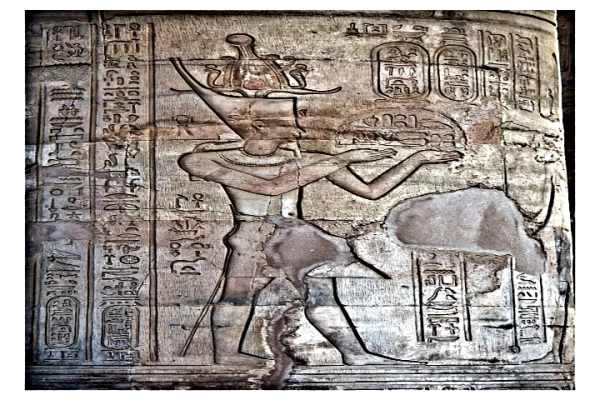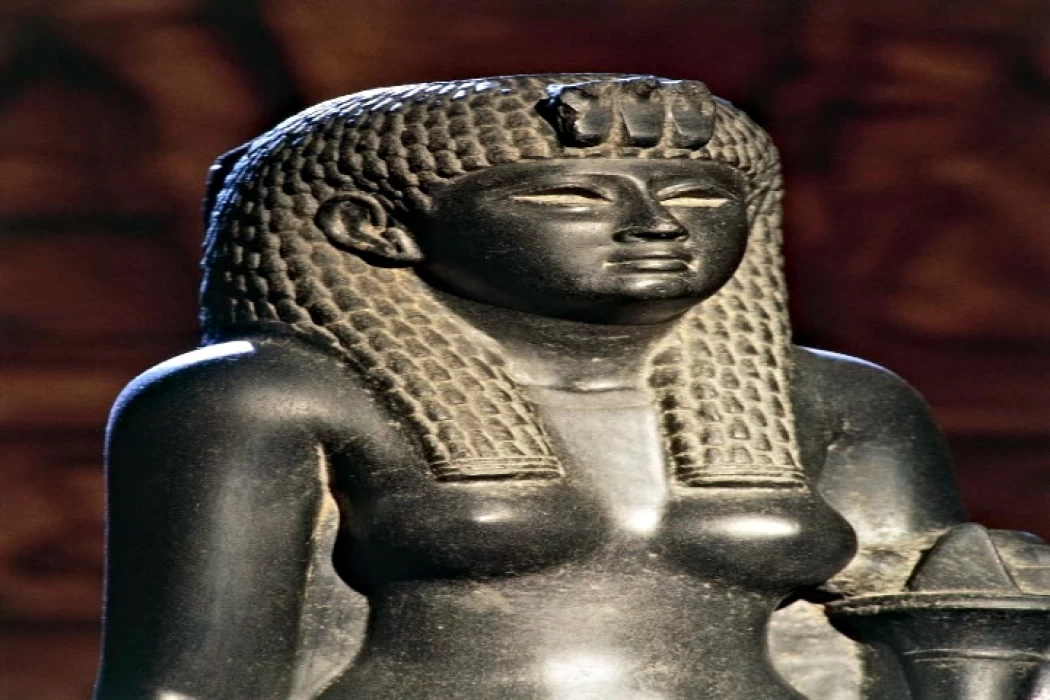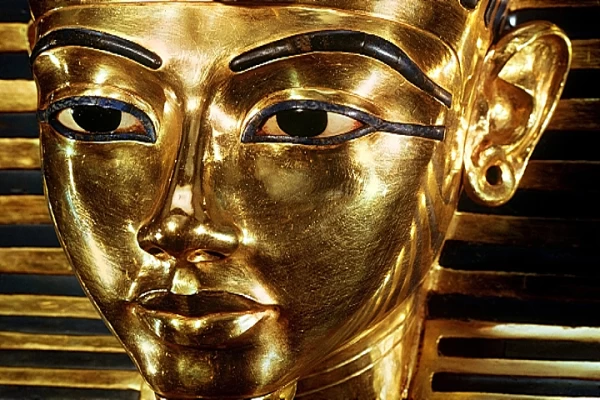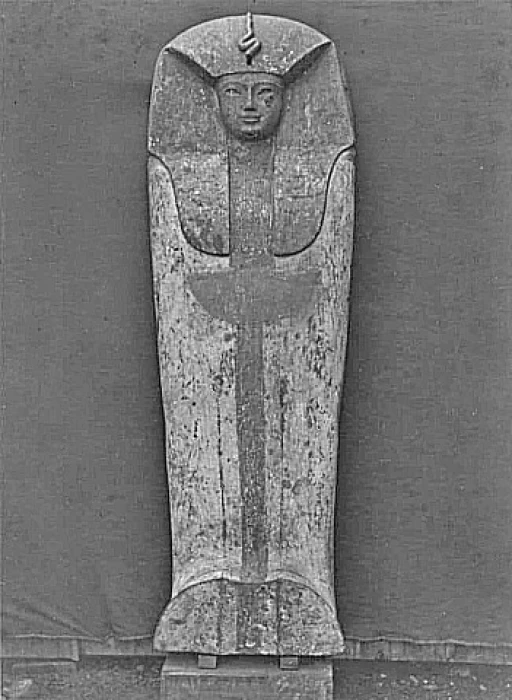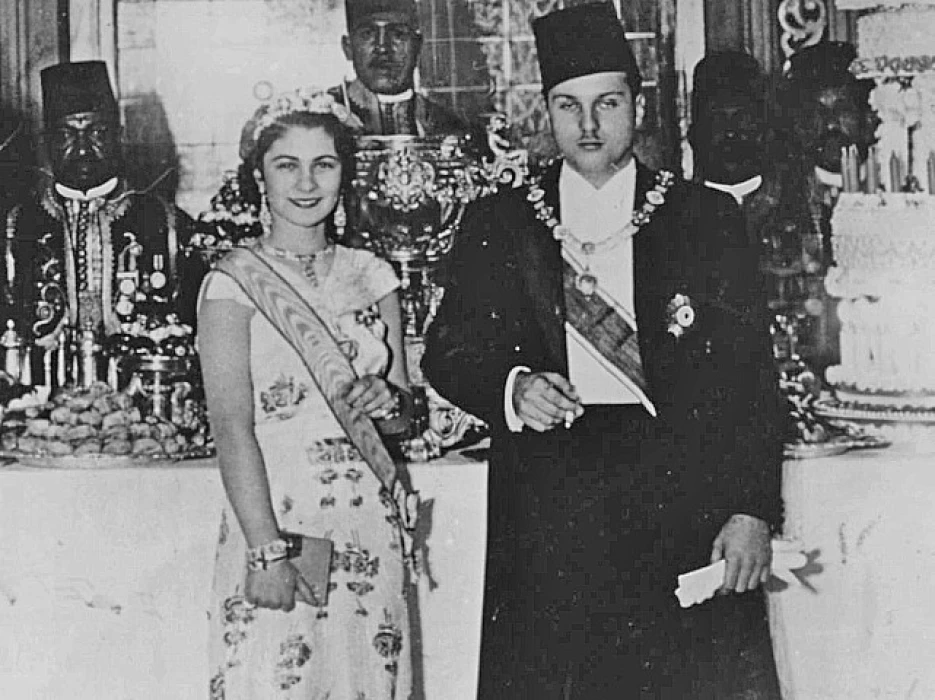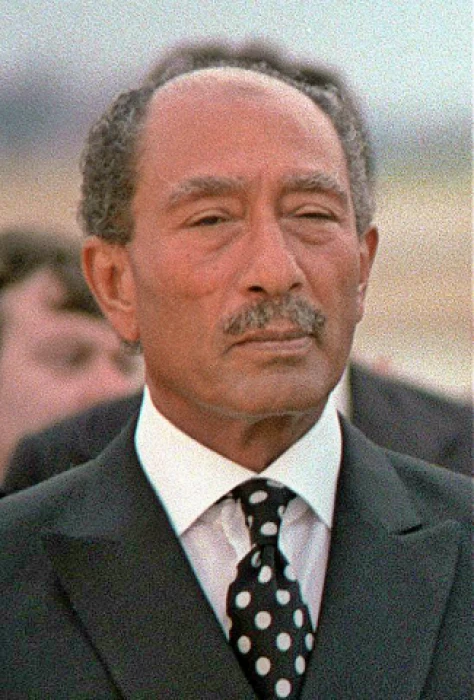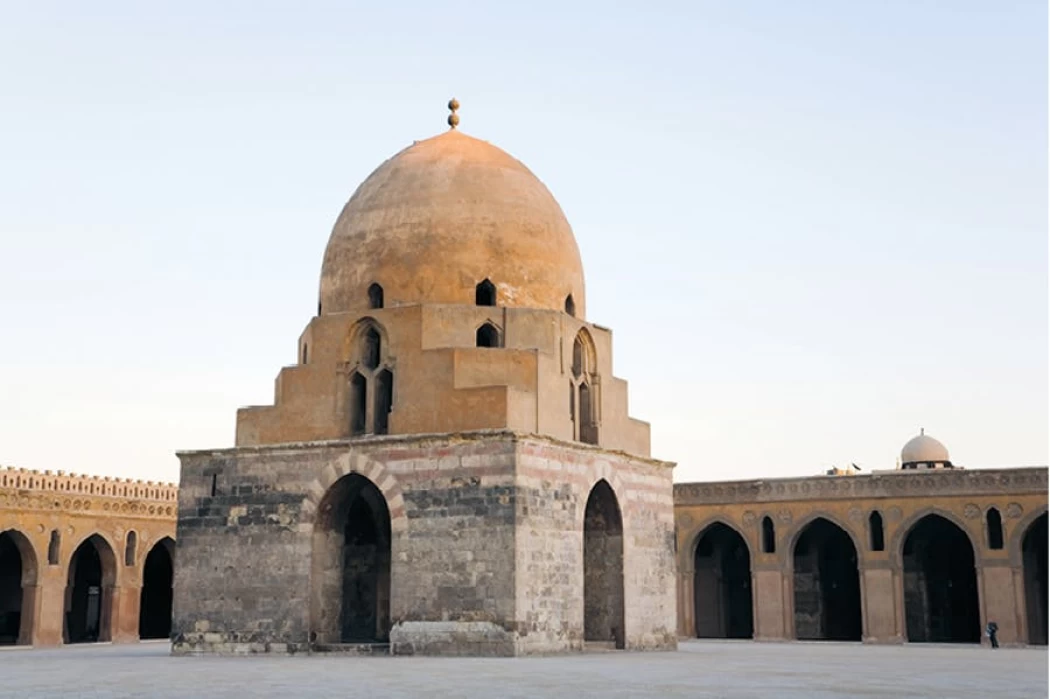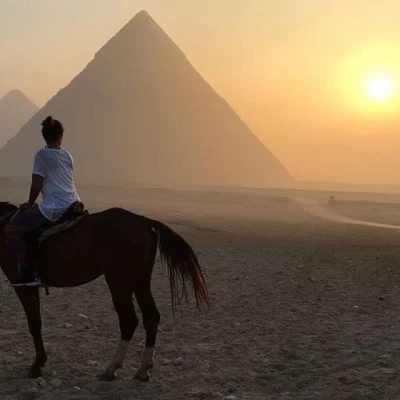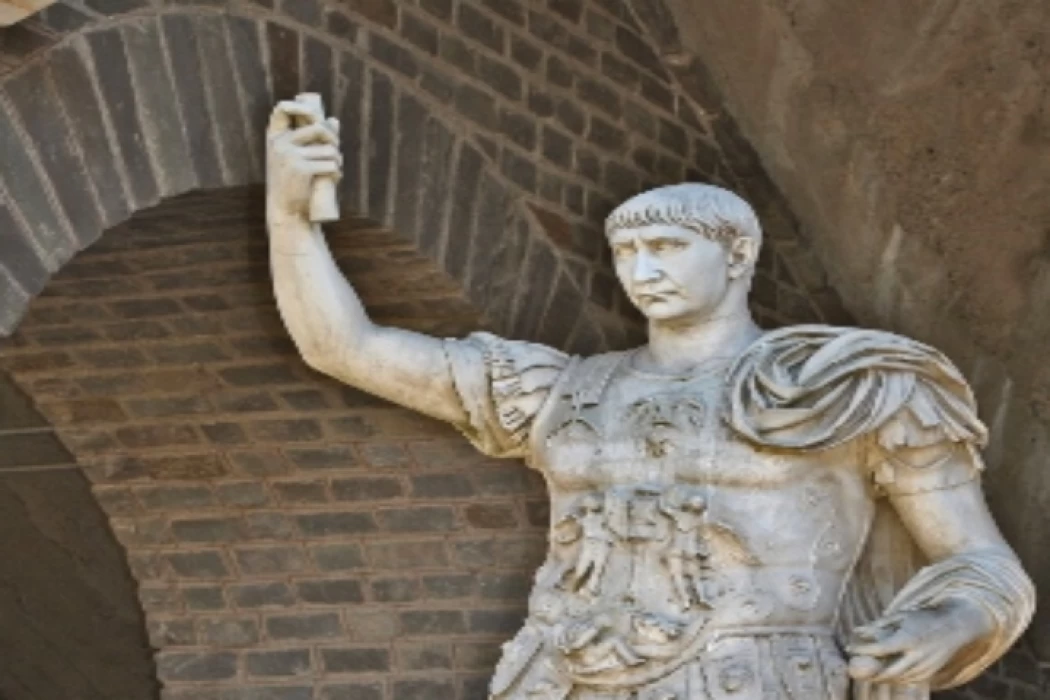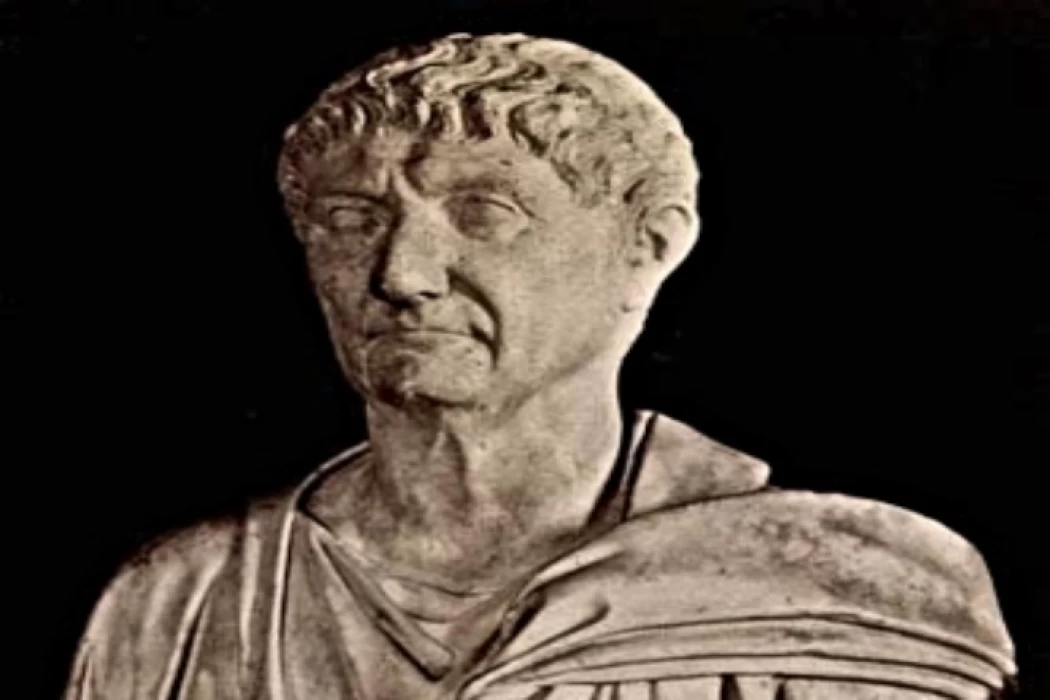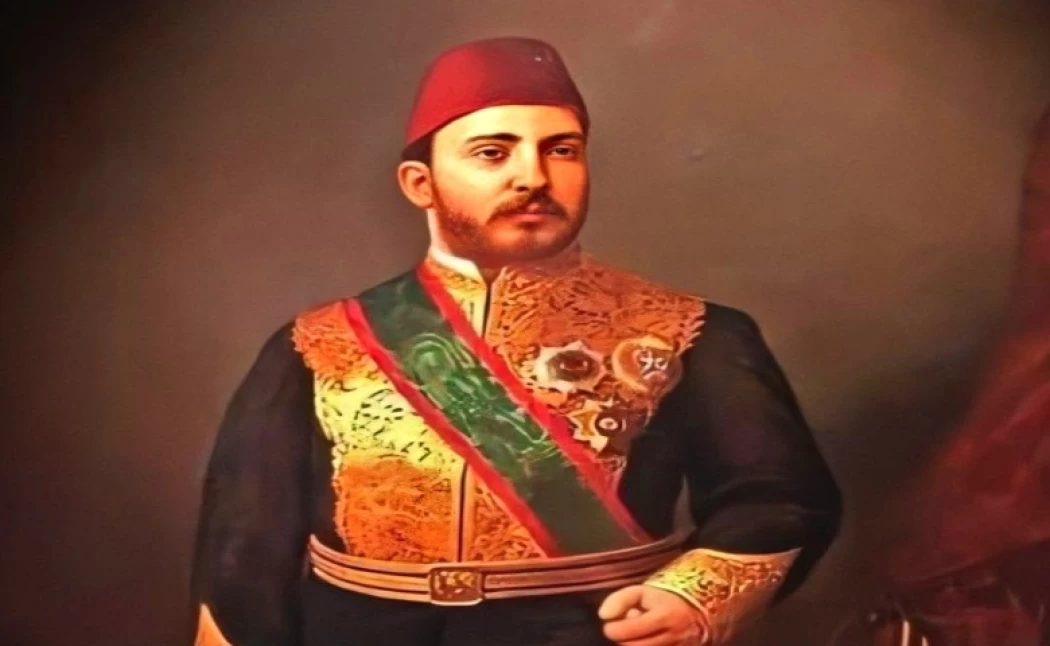Admin
In ancient Egypt, King Khufu was regarded as the second ruler of the Fourth Dynasty. After his father Senefru passed away, he assumed leadership. His one and only ivory statue, which was discovered in Abydos and is currently housed in the Egyptian Museum, has his name engraved on the throne's seat. The world's greatest stone structure, the Great Pyramid of Giza, was constructed under his rule.
Admin
King Menkaure | Mycerinus
Following the demise of his father, ruler Khafre, the country of ancient Egypt was ruled by King Menkaure, the fifth ruler of the 4th Dynasty. At Giza, he constructed the third-largest pyramid. It's probable that Shabskaf, his son, finished building this pyramid because of his untimely death.
Admin
Queen Hatshepsut | Queen of Egypt | The Pharaoh Woman
Certainly the most well-known female monarch in history—after Cleopatra VII, no less—Queen Hatshepsut was also one of the most prosperous monarchs in Egyptian history. Her name means "the Dora of princesses" or "the concubine of Amun, the favorite of the ladies." She is also referred to as Ghanemat Amun Hatshepsut, and she is regarded as the fifth in line of XVIII Dynasty monarchs.
Admin
Alexander the Great
Alexander the Great, king of Macedonia, conqueror of the Persian Empire, is one of the wisest and greatest war leaders of all time. He ascended to the throne in 336 B.C. as the son of Macedonian King Philip II. He subdued the majority of the planet at that time. became referred to as "the great" due to his military prowess and diplomatic acumen in managing the varied populations he subjugated.
Admin
Tutankhamen | The Golden King of Egypt
King Tutankhamun became the topic of archaeologists and one of the most significant Egyptian discoveries unearthed in the Luxor Governorate in the Valley of Kings and Queens if his glistening, treasure-filled tomb had not been located.
Admin
King Akhenaten | Amenhotep IV | Monotheism in Ancient Egypt
King Akhenaten (Amenhotep IV) was an ancient Egyptian pharaoh of the 18th dynasty, known for radically transforming religious practices. Reigning from around 1353 to 1336 BCE, he introduced monotheism with the worship of the sun disk, Aten, and moved the capital to Akhetaten (modern-day Amarna). His reforms were largely reversed after his death, but his reign remains a significant and controversial chapter in Egyptian history.
Admin
The King Ramses II | The King Ramses the second
King Ramses II is the most famous of the pharaohs. Ramses II was the son of the immortal warrior pharaoh King Seti I the Great and the son of Queen Tuya. The name Ramses means "the god Ra created him.". You Can explore the Great Temple of King Ramses II in Abu Simple village in Aswan to see the marvelous architecture with Cairo Top Tours professional team.
Admin
Muhammed Ali Pasha | Muhammed Ali the ruler of Egypt
Muhammed Ali is one of the most significant rulers in Egyptian history, He was born in Greece in Macedonia in 1769. The Ottoman Sultan agreed to the scholars’ request appointed Muhammad Ali as ruler of Egypt on July 9, 1805, and dismissed Khurshid Pasha. Visit Egypt with Cairo Top Tours and see the beautiful palaces of Muhammed Ali Pasha.
Admin
King Thutmose III | King Thutmose III
Thutmose III is one of the greatest kings in ancient Egypt: He is very famous for his power and works to build modern Egypt. King Thutmose III has clear military projects and planes to extend his empire. King Thutmose III was an unusual king who contributed to the Egyptian civilization. Visit Egypt and be accompanied by the Cairo Top Tours’ team to see King Thutmose III’s tomb and temples.
Admin
The Egyptian King Zoser
King Zoser is the owner of the Step Pyramid in Saqqara, he also has a magnificent statue depicting him sitting on a throne wearing a wig, the royal headdress (Nemes), and the jubilee cloak on the occasion of the thirtieth anniversary of his accession to the throne. Traces of the original colors remain. Seize the opportunity to learn more about the history of King Zoser with Cairo Top Tours
Admin
King Snefru | The Founder of the Fourth Dynasty
Let’s explore one of the great kings of Egypt, the founder of the Fourth Dynasty, King Senfru. He is the first and the only king who built 4 pyramids in different areas. He was owned in a position not only as a king but as being close to the Egyptians’ hearts. Discover the history and the pyramids of King Snefru with Cairo Top Tours professional team.
Admin
Queen Cleopatra | the Macedonian dynasty
Queen Cleopatra is considered the last king of the Macedonian dynasty, which ruled Egypt from the death of Alexander the Great in 323 BC, until the occupation of Egypt by Rome. Come to Egypt and discover the great history of the powerful Queen with Cairo Top Tours.
Admin
King Narmer | The founder of the first dynasty
He was the unifier of the two kingdoms. This achievement is traditionally attributed to King Menes, the first of the pharaohs. He is the founder and head of the First Dynasty. He was one of the most powerful and genius kings of Egypt, be ready to discover Egyptian history during your tour with the Cairo Top Tours professional team.
Admin
Hours Aha king | King of the first dynasty
Horus-Aha or Aha was the second pharaoh of the First Dynasty of ancient Egypt. It was common for pharaohs to prefix their names with the name Horus, which means "warrior". He became pharaoh at around the age of thirty and ruled for about sixty years. Book your trip to discover the life of the great Egyptian kings by professional Egyptologists from Cairo Top Tours team.
Admin
The great King Djer | one of the Egyptian Kings
Djer is one of the powerful Egyptian Kings, he is also the third king of the First Dynasty of Egypt. He lived in the mid-31st century BC, and his rule of Egypt lasted 40 years. The mummies of Djer and his wife were discovered by Flinders Petrie, which had been neglected by Emil Brugsch. His tomb was found in the enchanting area of Abydos. Book your trip to Egypt and learn more about Egyptian history with Cairo Top Tours.
Admin
The Egyptian king Djet
King Djet has many names known as Wedji, Zet, and Wadji. He was the fourth pharaoh of the First Dynasty of Egypt. He also has a significant name meaning Horus's serpent. Participate in a new adventure to Egypt and spend an unforgettable vacation with Cairo Top Tours professionals.
Admin
king Khasekhemwy | The Egyptian pharaoh
King Khasekhemwy one of the famous kings of Egypt, is known for his power and strength in defeating his enemies. He was the leader of the war against the Northerners. He built many statues, some of them remaining till now. Visit Egypt and enjoy seeing and watching the wonders of Egyptian civilization with Cairo Top Tours.
Admin
Queen Khentkawes | The Egyptian Queen
Queen Khentkawes is one of the most powerful independent queens of Egypt. Queen Khentkaus is most likely the daughter of King Menkaure one of the owners of Giza pyramids. Visit Egypt and learn more about the Egyptian queens and kings with Cairo Top Tours.
Admin
Secrets of the Third Dynasty: King Djoser and Imhotep
Discover the fascinating story of Egypt's Third Dynasty, from King Djoser's reign to the creation of the first pyramid at Saqqara, designed by the legendary architect Imhotep. Explore the mysteries of ancient Egypt and the rise of monumental architecture.
Admin
Rich History of the Egyptian Museum in Tahrir: From King Usserkaf to Ancient Egyptian Antiquities
Discover the fascinating history of the Egyptian Museum in Tahrir, home to over 50,000 artifacts, including the unique statue head of King Usserkaf from the Fifth Dynasty. Explore the museum's rich heritage, its journey from the Azbakeya Museum to its current location, and its role in preserving Egypt's ancient treasures.
Admin
Fifth Dynasty: The Secrets of Ancient Egyptian Kings and Their Monuments
Explore the fascinating secrets of the Fifth Dynasty of Ancient Egypt, uncovering the stories of its rulers, including King Sarkaf, Pharaoh Munkawhir, and the legendary King Wannas.
Admin
The Pyramid of Unas: The End of the Old Kingdom
The Pyramid of Unas, located in Saqqara, is the smallest pyramid of the Fifth Dynasty and holds great historical significance. It is renowned for being the first pyramid to feature Pyramid Texts, the oldest religious inscriptions in Egypt.
Admin
Salah El-Din Al-Ayoubi | Sultan of Egypt
Strong Islamic principles drove Salah al-Din al-Ayyubi, a valiant Egyptian leader of the 12th century, to uphold the principles of Islam and accomplish great feats like uniting Egypt with Syria and reclaiming Jerusalem from the Crusaders. As a result, his name is recorded in both Islamic and Western history.
Admin
King Amenhotep III
During his nearly 40-year reign, Amenhotep III was one of the greatest pharaohs in Egyptian history. In contrast to numerous other ancient Egyptian monarchs, who gained notoriety through massive military campaigns and conquests that widened the Egyptian Empire's realm, King Amenhotep III made his mark as one of the most influential Egyptian kings by means of diplomacy.
Admin
Queen Nefertiti
The most well-known Egyptian queen in the world, Lady of Happiness is the eldest wife of King Akhenaton and the unparalleled Amarna. She is also known by the name "NEFERTITI".
Admin
Queen Nefertari
Given that she is more than just a queen or the wife of a god, her numerous titles guarantee that you are dealing with an extraordinary woman in every sense of the word, which is why experts from all over the world spend hundreds of dollars and endure the difficulties of traveling to see her picturesque cemetery. "Nefertari" is her name.
Admin
King Intef I
Intef I, this pharaoh is considered the first prince of the six princes of which the eleventh family is formed. In the first transitional period. They were the ones who ruled half of the country almost 143 years before the advent of the Twelfth Dynasty.
Admin
Imhetop, The First Architect
He is credited with constructing the Zoser Amphitheater, being the world's first architect and physician, and being one of the most well-known engineers of ancient Egypt. Following his demise, he was elevated to the status of an idol and became the god of medicine.
Admin
King Thutmose IV
Son of King Amenhotep II and Queen TA, Thutmosis IV was the eighth pharaoh of the eighteenth dynasty to rule ancient Egypt. He constructed a funeral temple southwest of his father's temple, which was renovated and reconstructed by "Horemheb" in the eighth year of his reign. During the XXI dynasty, the mummy of this monarch was moved from the Valley of the Kings to the tomb of Amenhotep II.
Admin
King Seti I
The second monarch of the 19th Dynasty and father of the illustrious Ramses II was Seti I (1294–1279 BC). In the Valley of the Kings, his tomb is the highest, deepest, and most exquisite.
Admin
King Ramses III
One of the greatest warrior rulers in Egyptian history, King Ramses III battled the sea peoples and the Nuba from the south in the fifth and eighth years of his reign. He built numerous structures, such as the city of Habu, the Temple of Amun in Karnak, and the renowned "KV11" tomb.
Admin
King Peribsen | 2nd Dynasty Kings of Egypt
The second Egyptian family's pharaoh, Peribsen, ruled for seventeen years. He was interred at Abydos, where a seal inscription was discovered that included the first fully composed hieroglyphic sentence.
Admin
King Djedefre | Successor of Cheops
Djedefre was a Pharaoh of the fourth dynasty in the history of the ancient Egyptian monarchy. He is the direct heir to the throne and son of Cheops, the man who constructed the Great Pyramid. He is the first to connect the solar god Ra with his name. In the Abu Rawash region, he intended to construct a pyramid resembling the one built by his father Khufu, but he only completed the pyramid's base. Khafre, his son, succeeded him and constructed the second pyramid at Giza for himself.
Admin
King Shepseskaf | Last King of the Fourth Dynasty
The final ruler of the IV dynasty. Shepskaf succeeded his father in leading Egypt's government. During his more than four-year reign, he constructed the "Pharaoh's Mastaba," a rectangular coffin-shaped tomb south of Saqqara. and in contrast to his forefathers' tradition of erecting a pyramid for him, his covenant was marked by the growing power of the sun's priests. It is a transgression of the priests' authority to be associated with the sun cult.
Admin
King Djedkare | 5th Dynasty of Egypt History
The eighth pharaoh of the fifth dynasty is King Djedkare. From 2414 until 2375 BC, he was the king of Egypt, ruling for about 28 years. While the rulers of the Fifth Dynasty who came before him constructed sun temples, he built his pyramid in the "Saqqara" region.
Admin
King Senusret II | 12th Dynasty Middle Kingdom
Following his father, King Amenemhat II, as a co-ruler during his latter years, King Senusret II was the fourth monarch of Egypt's XII Dynasty. The thing that sets him apart the most is his intense passion for the Fayoum Oasis, which led him to start constructing a massive irrigation system that runs from Bahr Youssef to Lake Morris.
Admin
King Merenre I
Merenra I, the fourth king of the Sixth Dynasty, succeeded Pepi I. He governed for a brief time, maybe serving under his father for a few years before ceding power for nearly nine years, during which time he passed away in the early years of his second decade of life.
Admin
King Merenre II
After just a single year in power, Pepi II, his half-brother, replaced Merenra II. The canon of Turin and Manetone agree in attributing to the new king a reign of more than ninety years, dying more than a century after a rather serene existence after all lively, casual, and generous, so it is necessary that the new king was still a child when he ascended to the throne, according to a literary source.
Admin
King Mentuhotep II | Last King of the 11th Dynasty
The XV Dynasty was founded by the ancient Egyptian pharaoh Mentuhot II, whose regal name means "the god Montu is satisfied." He governed Egypt from 2061 to 2010 BC. He became the first Egyptian monarch in the Middle Kingdom and is credited with bringing the nation back together following the chaos of the First Decadence.
Admin
King Amenemhat I | 12th Dynasty Kings
He is the first monarch of Egypt's Twelfth Dynasty, which is regarded as the Middle Kingdom's prime period. From 1991 BC until 1962 BC, he was king.
Admin
Ptolemy | Macedonian King of Egypt
King Ptolemy, primarily Ptolemy I Soter, was the founder of the Ptolemaic dynasty in Egypt around 305 BCE. He was a general under Alexander the Great and became the first pharaoh of the Hellenistic kingdom after Alexander's death. Ptolemy I established the Library of Alexandria, promoted cultural and scientific advancements, and blended Greek and Egyptian traditions. His successors continued his legacy in art, literature, and governance.
Admin
The Reign of Ptolemy II (Philadelphus)
Ptolemy II Philadelphus, the second ruler of the Ptolemaic Kingdom of Egypt, was known for his significant contributions to arts and sciences, particularly the expansion of the Library of Alexandria. His reign was marked by diplomatic marriages, military campaigns, and increased trade, fostering economic prosperity and expanding Egypt's influence. His legacy reflects a blend of Greek and Egyptian cultures, making him a key figure in Hellenistic history.
Admin
Ptolemy III Euergetes | Macedonian King of Egypt
Ptolemy III Euergetes was the third ruler of the Ptolemaic dynasty in Egypt, reigning from 246 to 222 BCE. Known for his military conquests and diplomatic efforts, he significantly expanded Egyptian territory and influence. Ptolemy III was also a patron of the arts and sciences, enhancing the Library of Alexandria and promoting cultural achievements. His reign marked a high point in Ptolemaic prosperity and stability, as he successfully navigated challenges both internally and externally.
Admin
Ptolemy IV Philopator | Macedonian King
Ptolemy IV Philopator, the fourth king of the Ptolemaic dynasty, ruled Egypt from 221 to 204 BCE. His reign was marked by military struggles, including the Battle of Raphia against the Seleucid Empire, but also by his indulgent lifestyle and political corruption. Despite cultural achievements, his reign led to internal strife and weakened the Ptolemaic control, setting the stage for future challenges.
Admin
Ptolemy V Epiphanes | Macedonian King of Egypt
Ptolemy V Epiphanes, a king of the Ptolemaic Kingdom in Egypt, was known for the Rosetta Stone, a decree issued during his reign. Despite facing internal strife and foreign conflicts, he sought to consolidate power and maintain stability. His reign laid the groundwork for later Egyptian developments, particularly in cultural and administrative reforms. His legacy is largely tied to the stone, which was crucial in deciphering Egyptian hieroglyphs.
Admin
Ptolemy VI Philometor | Macedonian King
Ptolemy VI Philometor, a king of the Ptolemaic Kingdom of Egypt, ruled from 180 to 145 BC. Born as a child, he faced political challenges, including power struggles with his brother and external threats. His reign was marked by complex relationships with the Seleucid Empire and internal factions. Ptolemy VI aimed to stabilize Egypt but also faced periods of conflict, especially during the War of the Brothers.
Admin
Ptolemy VII Neos Philopator
Ptolemy VII, also known as Ptolemy VII Neos Philopator, was a brief ruler of the Ptolemaic Kingdom of Egypt in the late 2nd century BCE. He reigned from 145-144 BCE, following his father's tumultuous reign. His reign was marked by internal strife and power struggles within the royal family. His death was succeeded by Ptolemy VIII Euergetes II, highlighting the ongoing succession complexities in the Ptolemaic dynasty.
Admin
Ptolemy VIII Euergetes II
Ptolemy VIII, also known as Yorgetis II, was a ruler of the Ptolemaic Dynasty in Egypt during the late 2nd century BCE. His title, meaning "goodness," reflected his aspirations to be a benevolent leader. Despite internal conflicts and power struggles, Ptolemy VIII supported arts and learning, contributing to Egypt's rich cultural heritage. His reign emphasized the complexities of dynastic politics during this turbulent period.
Admin
Ptolemy kings in Egypt from (VIIII - XII)
The Ptolemaic kings of Egypt, from Ptolemy IX to Ptolemy XII, faced numerous challenges during their reigns. Ptolemy IX, initially co-regent with his mother Cleopatra III, faced civil strife and family conflicts. His son, Ptolemy X, had a brief, internal conflict-ridden reign and ultimately died in battle. Ptolemy XI, who ruled briefly after a coup, faced backlash and financial difficulties, indicating the decline of Ptolemaic authority as Egypt transitioned towards Roman rule.
Admin
Cleopatra the Great: Last Power of the Ptolemaic Dynasty
Cleopatra VII, the last active ruler of the Ptolemaic Kingdom of Egypt, was a highly educated and politically savvy leader who sought to restore Egypt's former glory. Born in 69 BCE, she was known for her relationships with Roman figures like Julius Caesar and Mark Antony. After her defeat at the Battle of Actium, she committed suicide in 30 BCE, marking the end of the Ptolemaic dynasty and Egypt's annexation into the Roman Empire.
Admin
Pharaohs' Golden Parade
The Royal Mummies Parade in April 2021 was a grand event showcasing the transfer of 22 ancient Egyptian royal mummies from the Egyptian Museum in Tahrir Square to the National Museum of Egyptian Civilization in Cairo. The event featured elaborate displays, traditional music, and performances, highlighting the rich cultural heritage of ancient Egypt. The mummies, including famous pharaohs Ramses II and Hatshepsut, were transported in specially designed vehicles.
Admin
Seqenenre | Theban Pharaoh
Seqenenre Tao was a pharaoh in ancient Egypt during the 17th Dynasty, known for his role in the conflict against the Hyksos. His reign was marked by military resistance and reclaiming Egyptian sovereignty. His artifacts depict him in battle, reflecting his warrior status. His mysterious death and mummification reveal the violent conflict of the time. His legacy led to the expulsion of the Hyksos by Ahmose I, who founded the 18th Dynasty.
Admin
President Abdel Fattah el-Sisi
Abdel Fattah al-Sisi, a former military officer, became Egypt's president after ousting President Mohamed Morsi in 2013. His administration focuses on economic development and infrastructure projects, including the Suez Canal expansion. However, his government has faced criticism for authoritarian practices, including crackdowns on dissent and restrictions on free speech.
Admin
King Farouk I: The last king of Egypt
King Farouk I, born in 1920, was the last Egyptian monarch. He ruled from 1920 to 1965, amidst political instability, corruption, and growing discontent. Abdicated in 1952, he was exiled to Italy, where he died in 1965. His reign significantly shaped Egypt's modern history, with his lavish lifestyle and military coup leading to his death.
Admin
President Gamal Abdel Nasser
Gamal Abdel Nasser, a prominent Egyptian leader, served as the country's second president from 1956 to 1970. He was a key figure in the Arab nationalist movement and nationalized the Suez Canal, leading to the Suez Crisis. Nasser advocated for social and economic reforms, land redistribution, and education, aiming to modernize Egypt and strengthen Arab unity. His vision of pan-Arabism continues to influence regional politics today.
Admin
Anwar Sadat | Biography
Anwar el-Sadat, Egypt's third President from 1970 to 1981, initiated the peace process with Israel, leading to the Camp David Accords in 1978. He shifted Egypt's foreign policy towards the West and implemented economic reforms called "Infitah" to open the economy. However, he faced criticism for political repression and economic challenges. His presidency ended when he was assassinated by extremists.
Admin
Amr ibn al-As (Muslim leader and faithful ambassador)
Amr ibn al-As, a Quraysh knight and hero, was known for his cunning and resourcefulness. He was a brave mujahid who loved God and His Messenger, working tirelessly to spread Islam in the east and west. The Messenger of Allah loved him and assigned him numerous missions and commanded armies, demonstrating his dedication to the cause. Amr ibn al-'As was a short-strung man with intense black pupils, whitish sclera, distant eyebrows, and a beard painted with black dye, possibly a symbol of Allah's blessings.
Admin
Life History of Ahmed Ibn Tulun
Abu al-Abbas Ahmad bin Tulun, the prince of Egypt and founder of the Tulunid state in Egypt and the Levant, was born on September 20, 835, and is commemorated today as the birthday of the Abbasid state over Egypt. Ahmad ibn Tulun was born on September 20, 835 AD, from a slave girl named Qasim or Hashim, and his origins go back to the Turkish tribe of Taghzgar, although he was born in the city of Baghdad in Iraq, the capital of the caliphate at that time, and he is from a family that lived in Bukhara, and his father was known as Tulun.
Admin
Nectanebo II | Pharaoh | Dynasty XXX
The first eight years of Nekhtenbo II's reign were free from Persian interference due to family issues in the Persian ruling house and its aftermath. However, in the middle of the fourth century BCE, the new Persian ruler Artaxerxes III succeeded in establishing control over most of the Persian Empire and tried to invade Egypt, but his campaign failed, and because of this, some Greek and Phoenician cities managed to challenge Persian power militarily for some time.
Admin
Biography of Roman Emperor Trajan
The greatest of the Roman emperors was Emperor Trajan, the second of the Five Good Emperors, who ruled from 96 to 117 AD. One of the Roman Emperors, Marcus Pius Nerva Traianus (53–117 AD), ruled over the enormous Roman Empire between 98 and 117 AD. At the height of the Roman Empire, he is credited for its expansion.
Admin
Roman Emperor Diocletian | Biography
Emperor Diocletian, or Diocletianus, is one of the most famous Roman emperors in the history of the Roman Empire, and he ruled the Roman Empire from November 20, 284 AD until May 1, 305 AD. This emperor was known by many names, including “Diocles” - the name “Diocletianus” was chosen after he ascended the throne and took for himself a crown (a wide band studded with pearls), robes of silk and gold, and shoes studded with precious stones.
Admin
Khedive Muhammad Tawfiq
Khedive Tawfiq, whose full name is Muhammad Tawfiq Pasha bin Ismail bin Ibrahim bin Ibrahim bin Muhammad Ali, was born in Cairo, Egypt, in 1879 AD. His exact birthdate was disputed; some sources place his birthdate on April 30, 1852, or April 20; others place it on April 11–15 of the same year. As the eldest son of his father, Khedive Ismail, Khedive Tawfiq stood out from his brothers by not studying abroad.
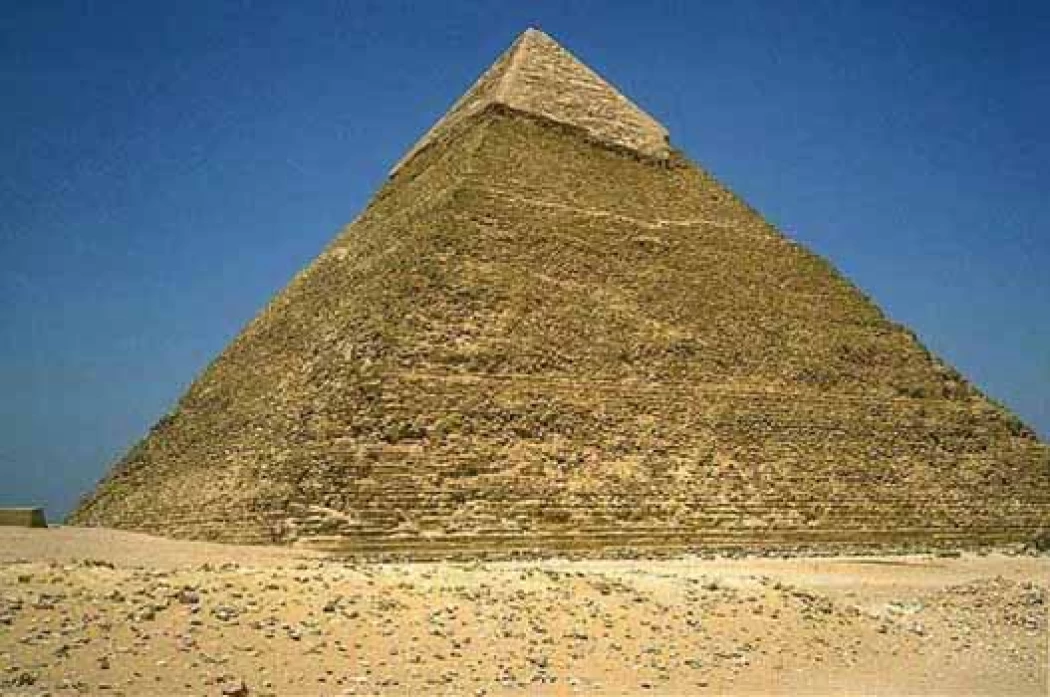
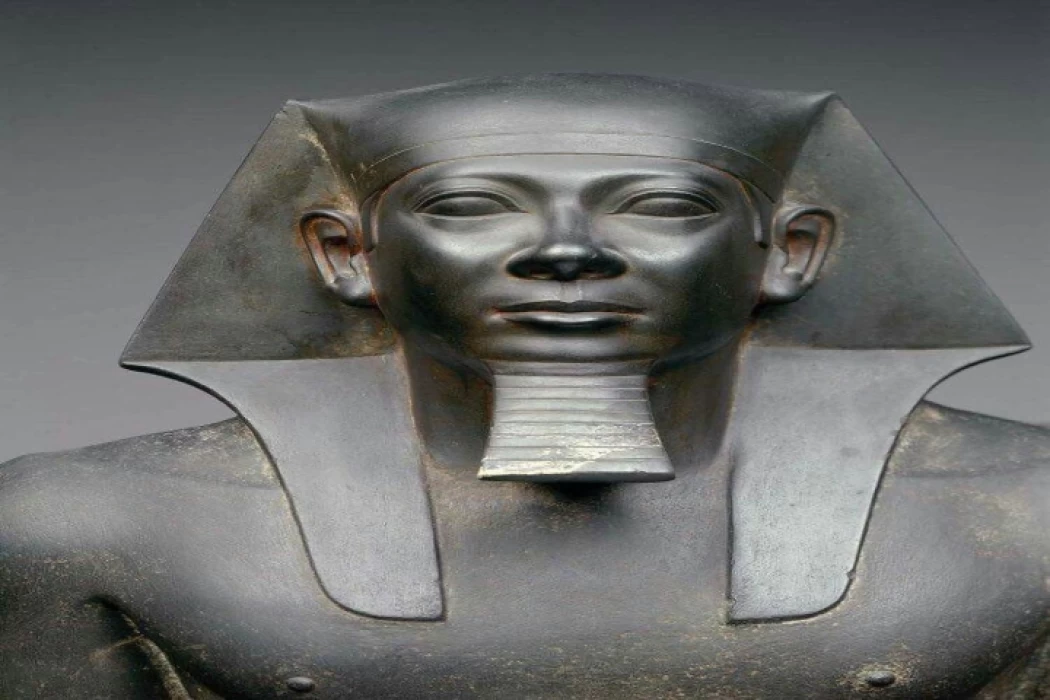
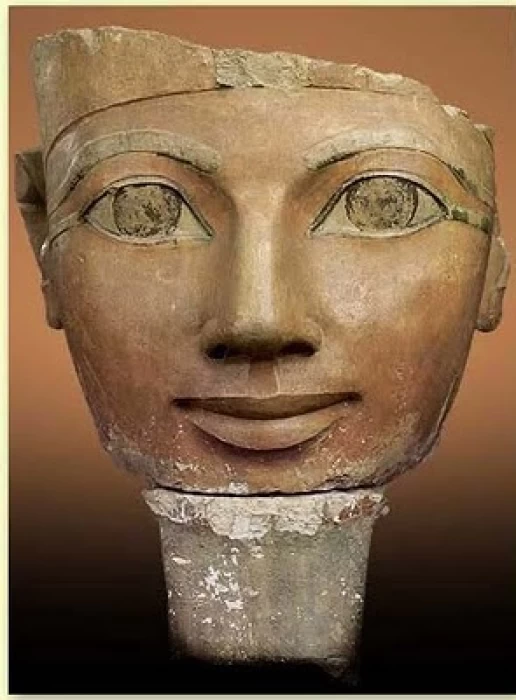
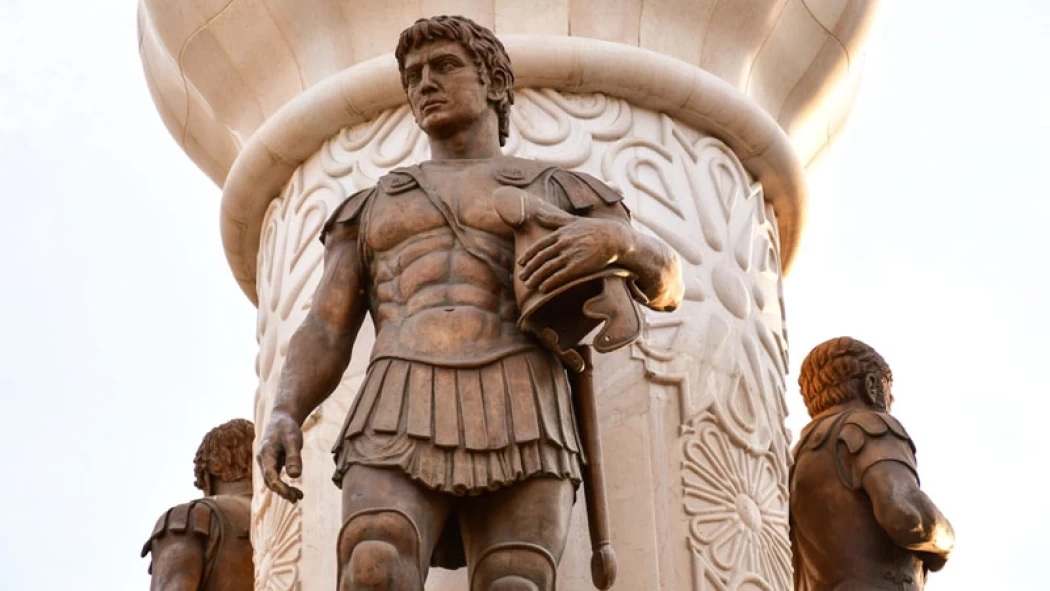
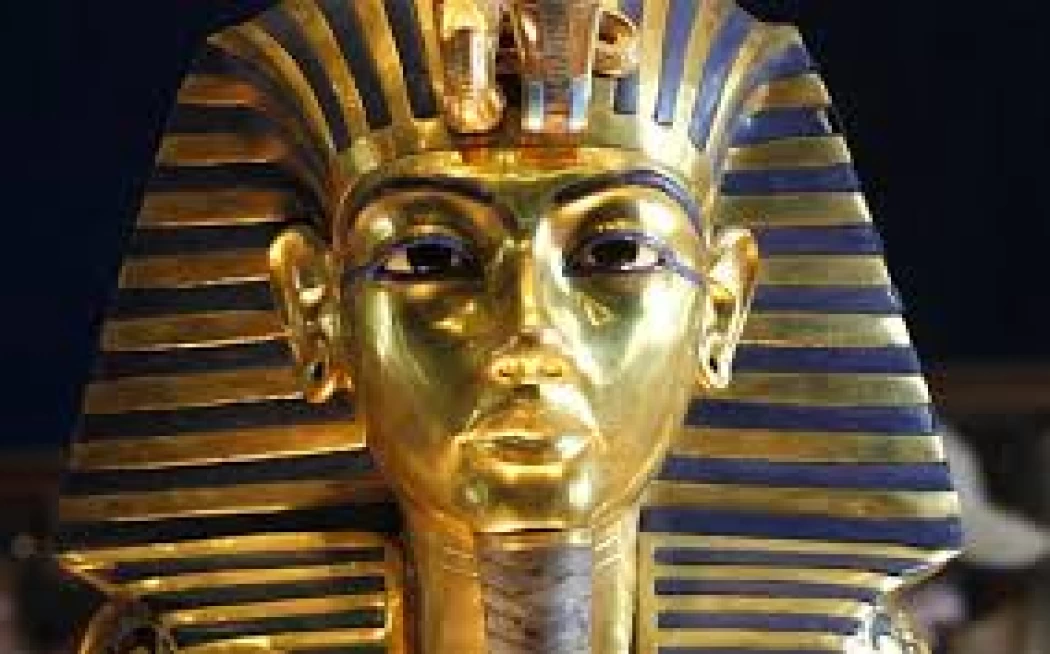
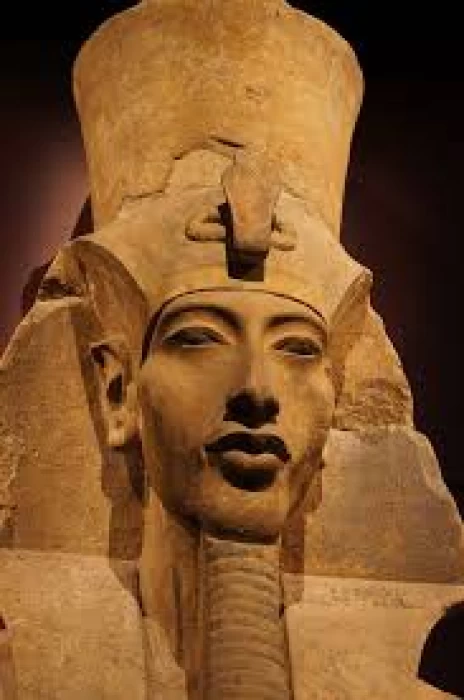
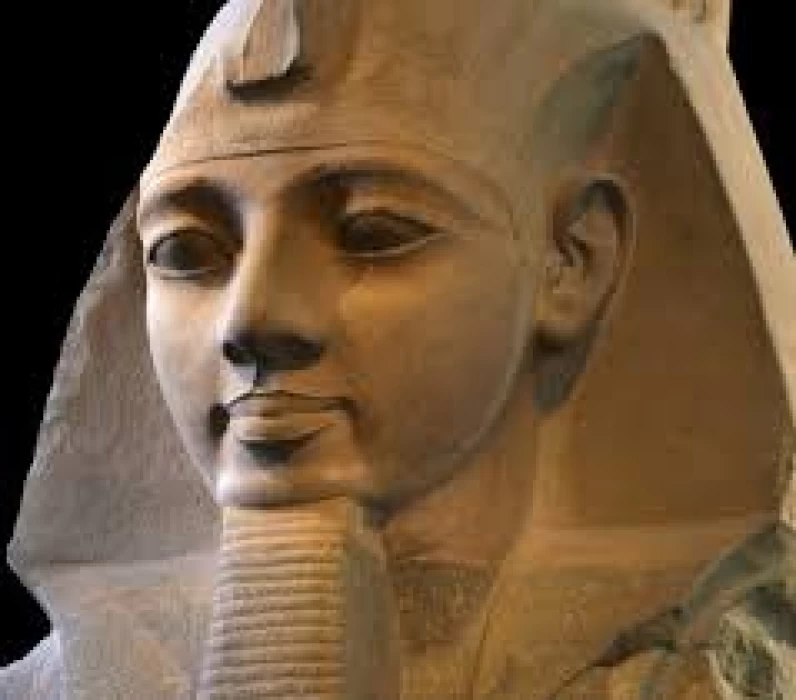
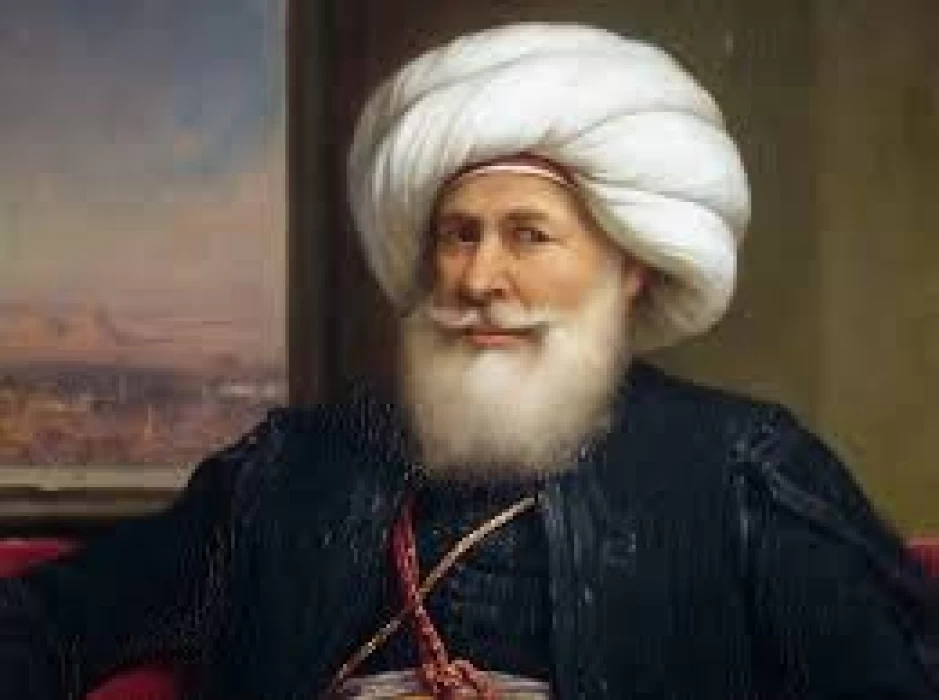
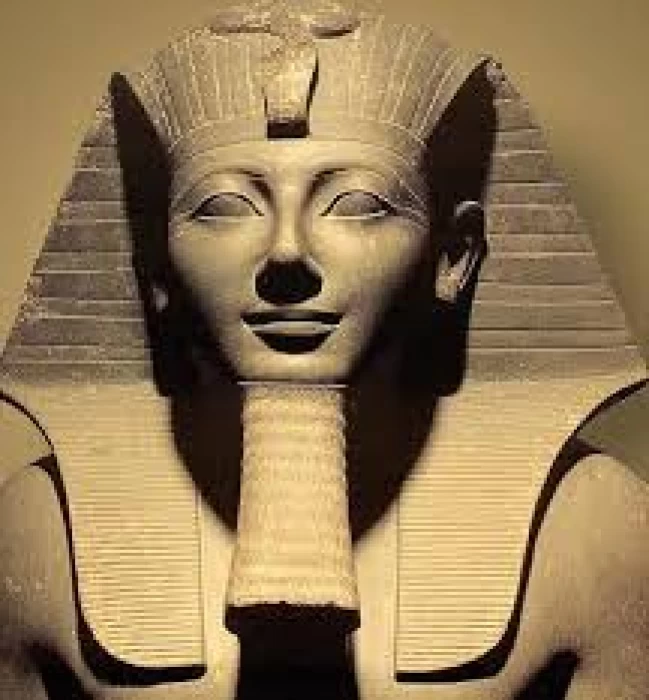
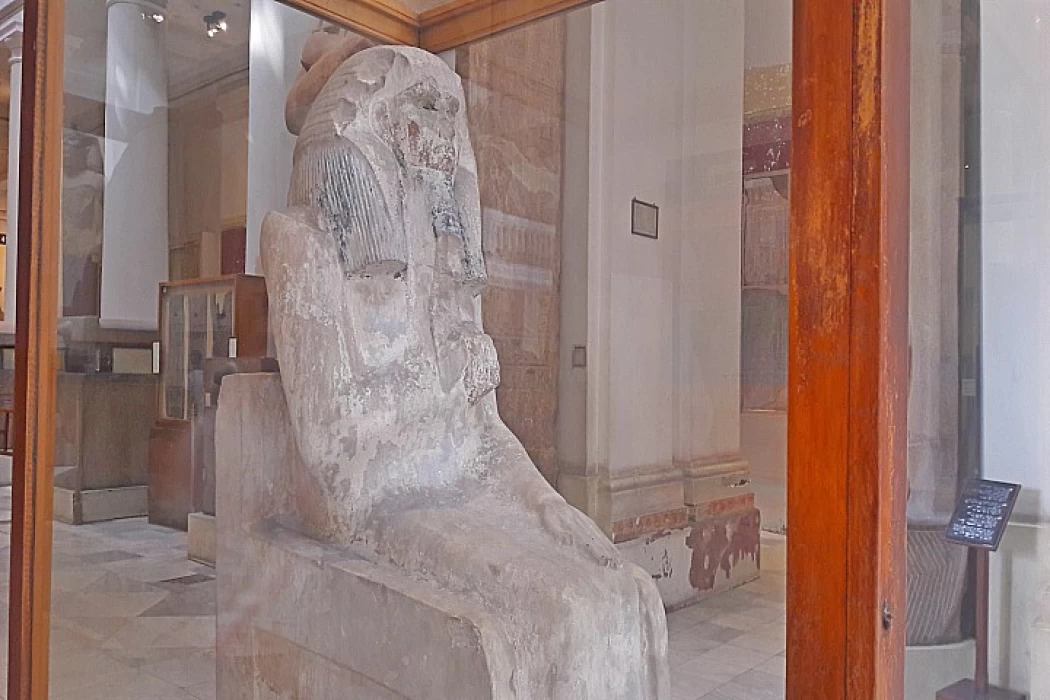
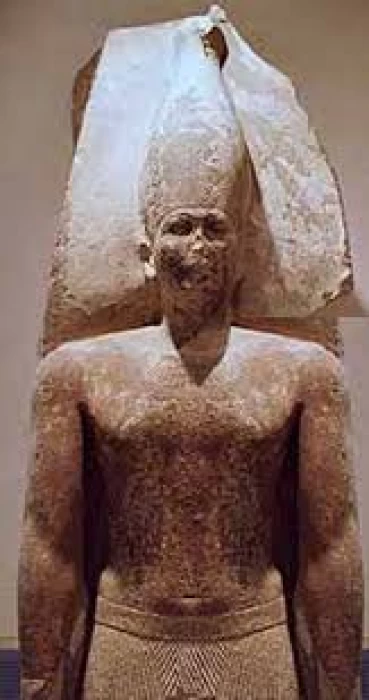
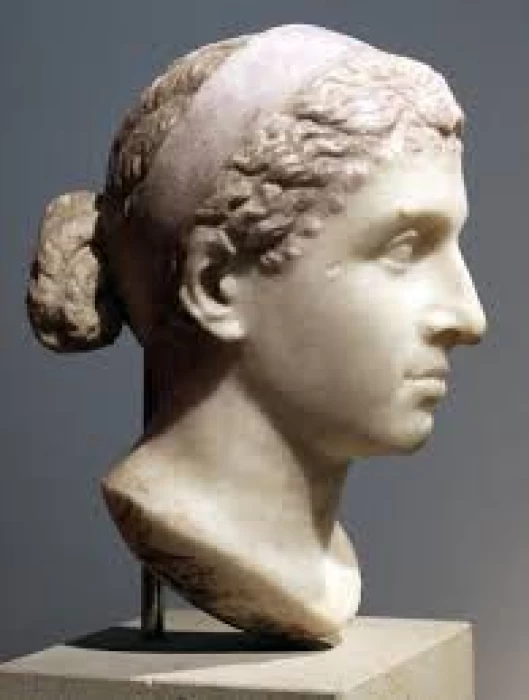
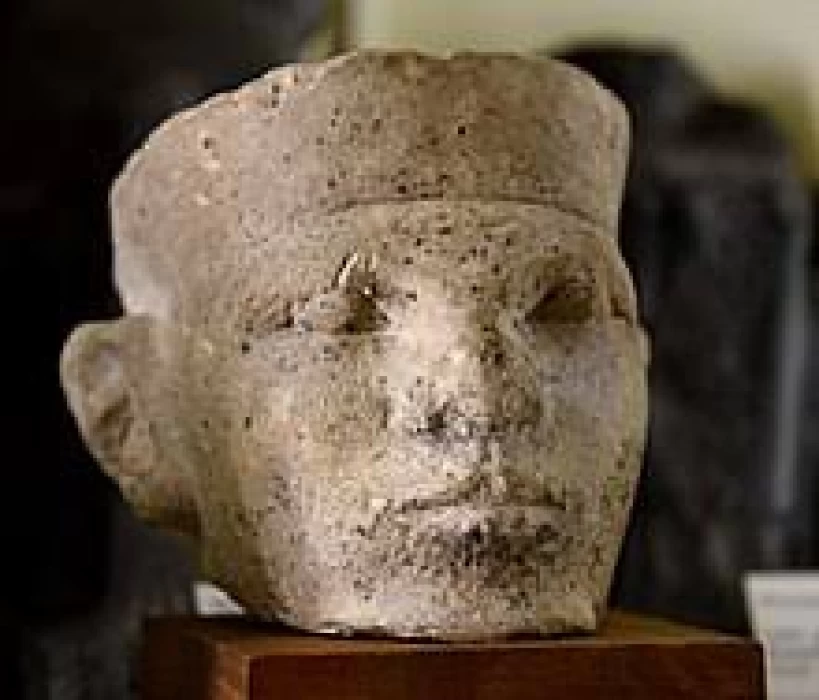
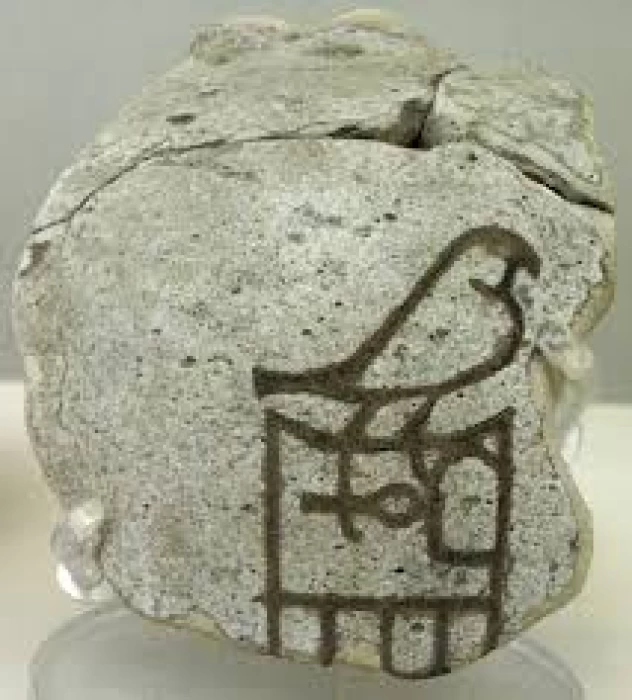
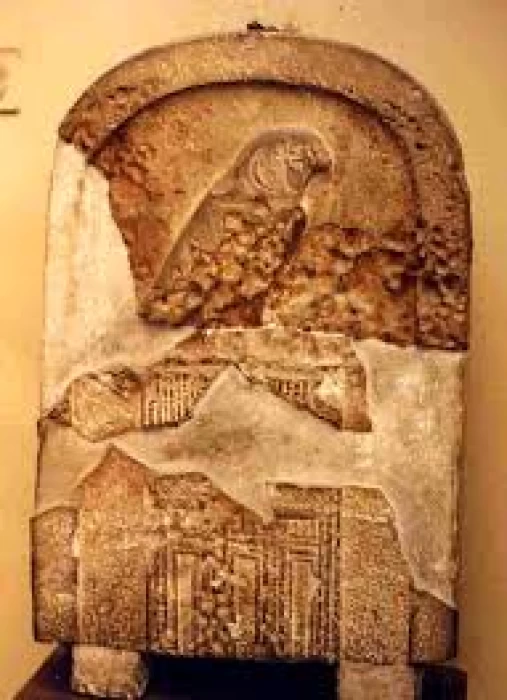
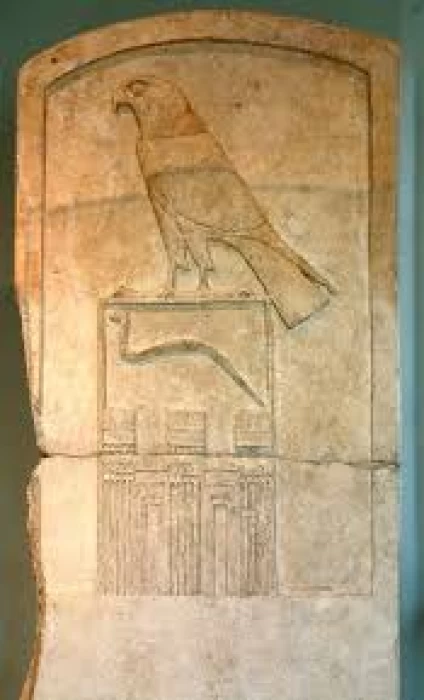
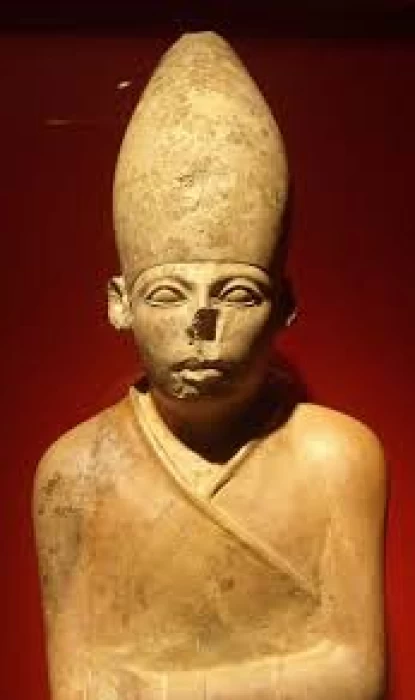
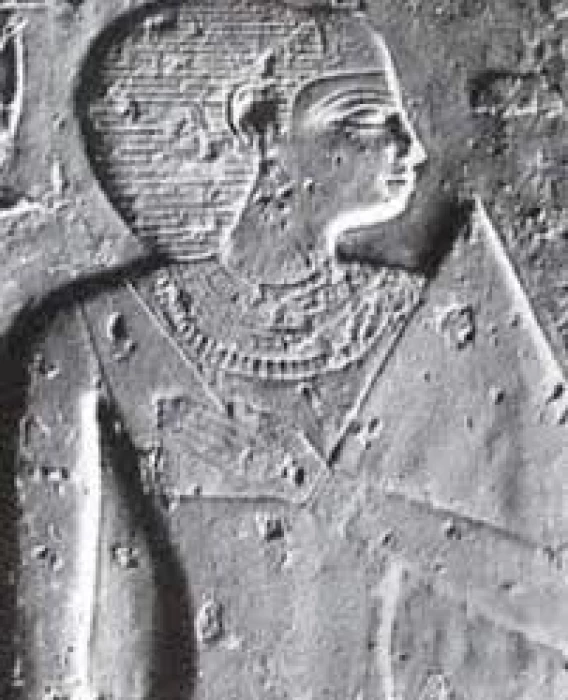
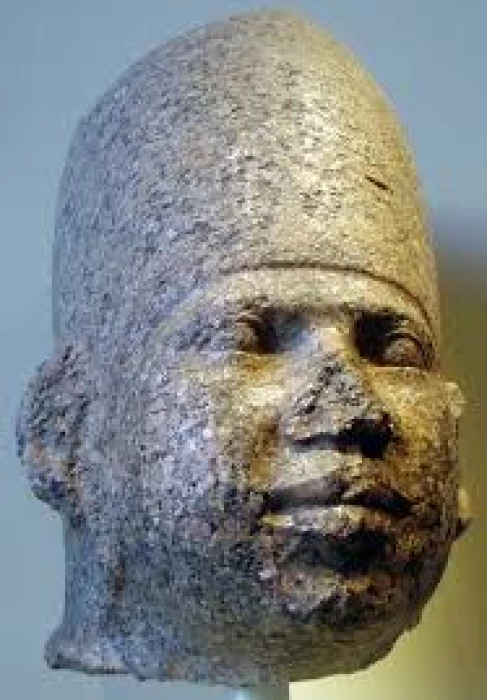
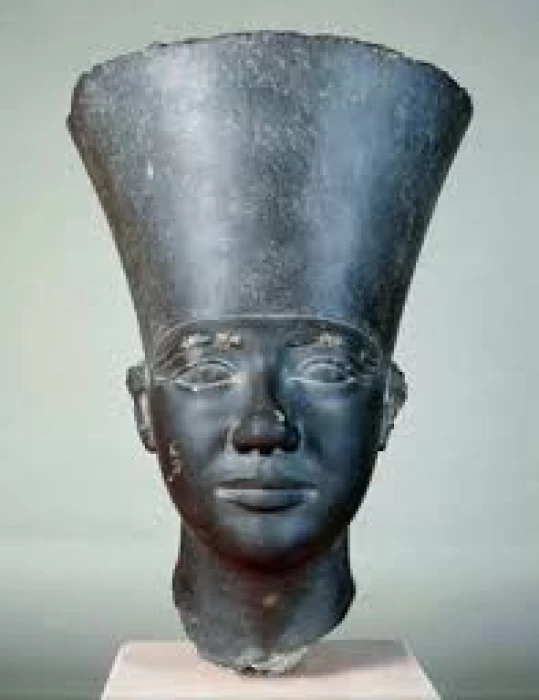
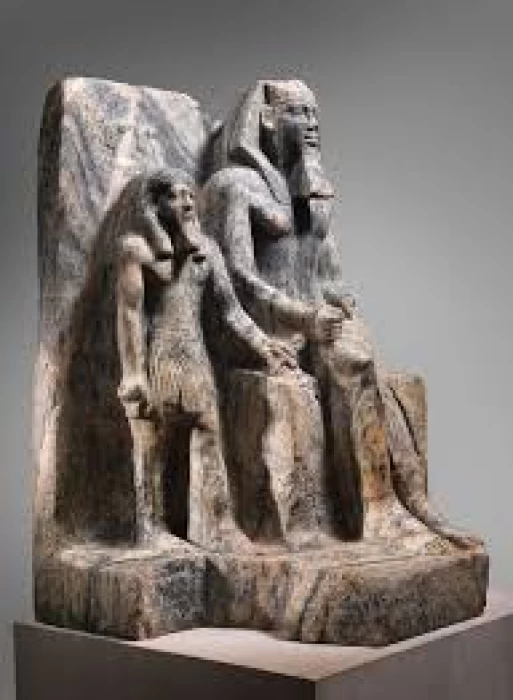
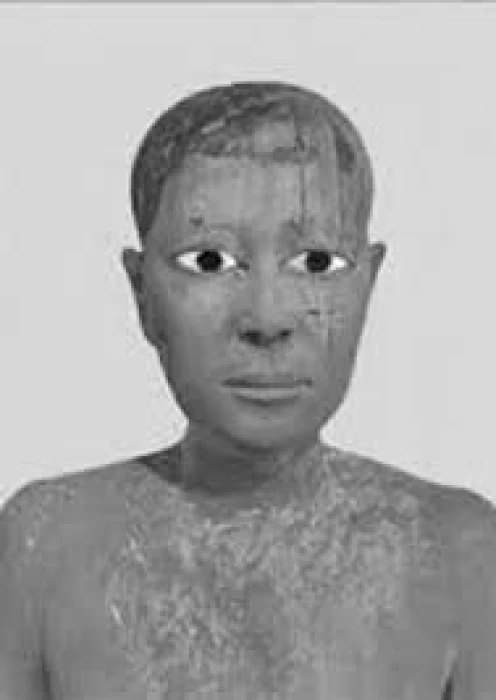
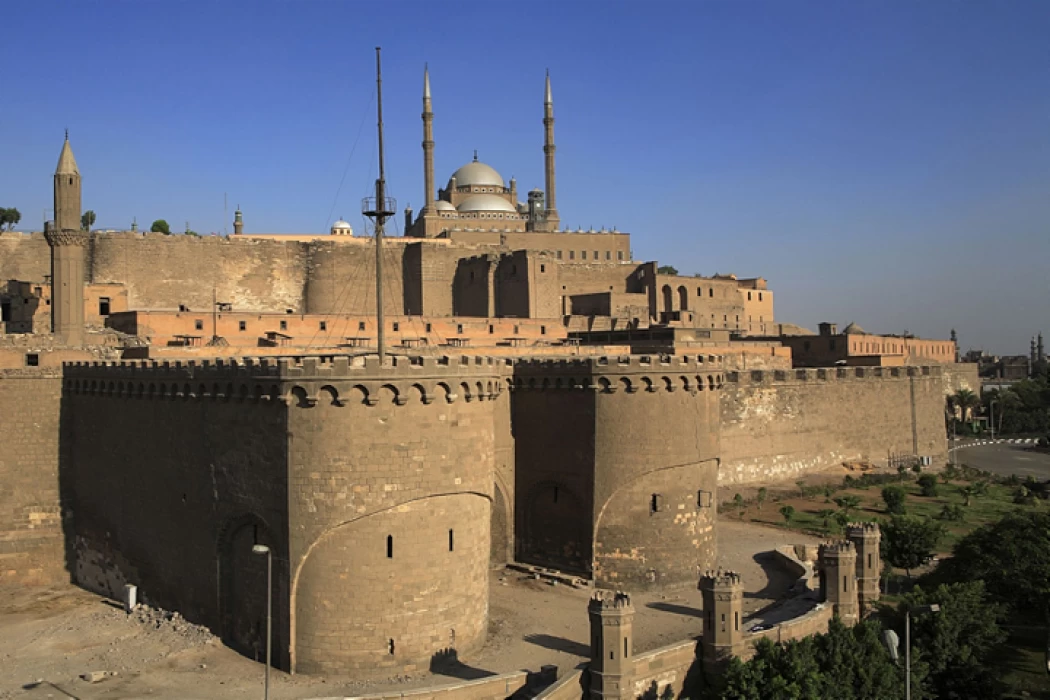
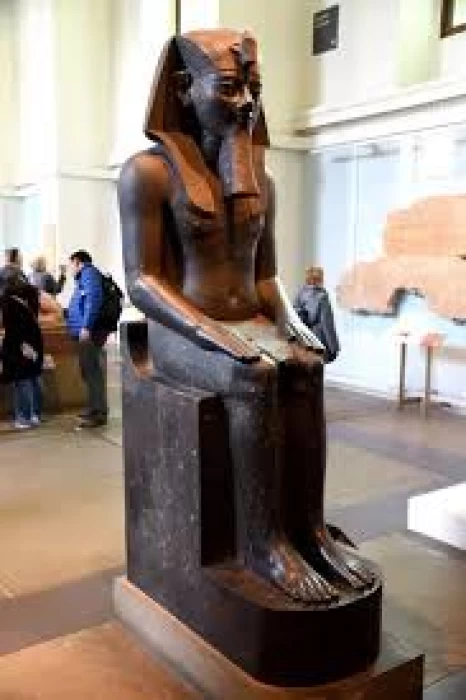
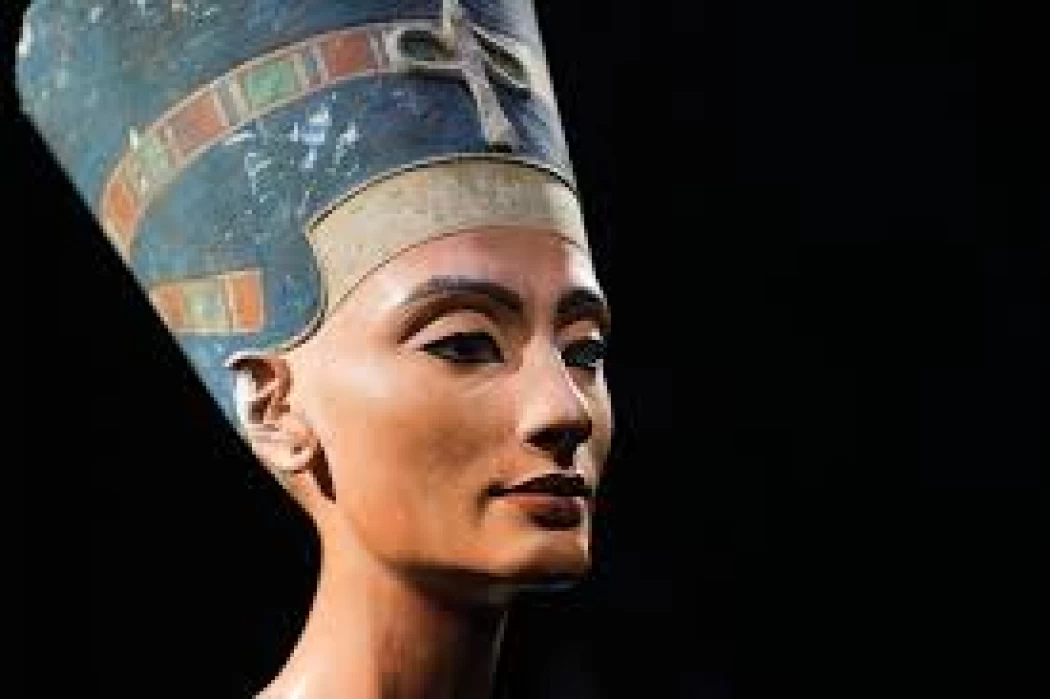
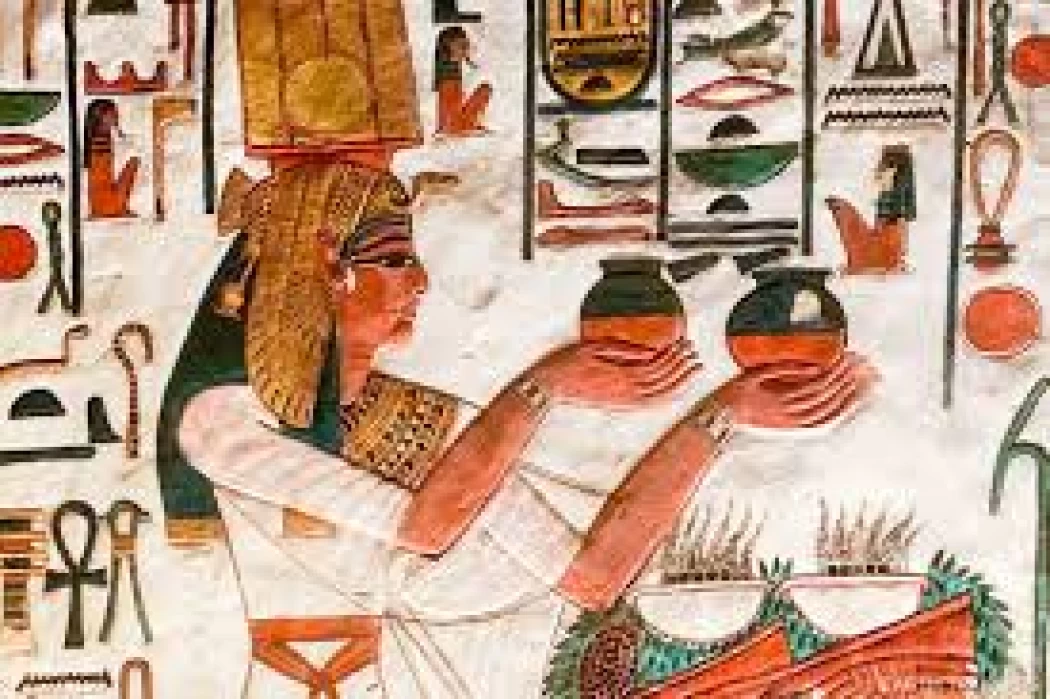
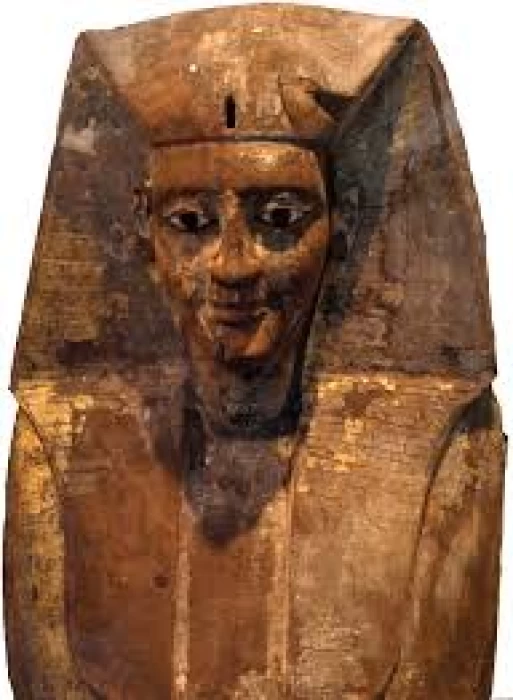
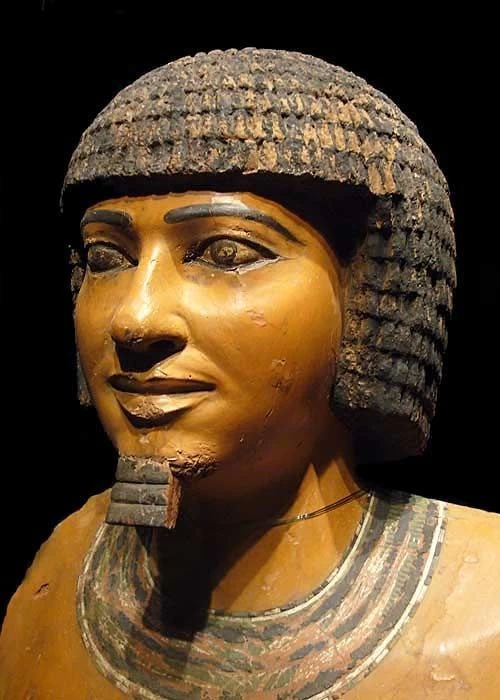
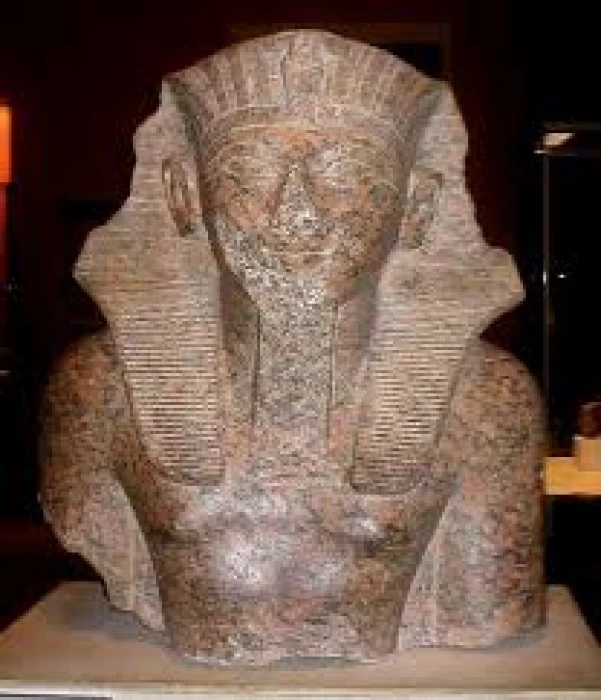
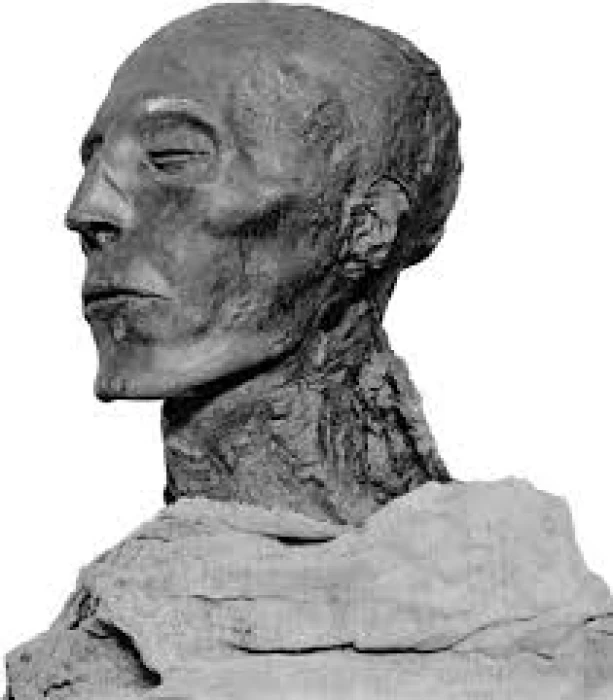
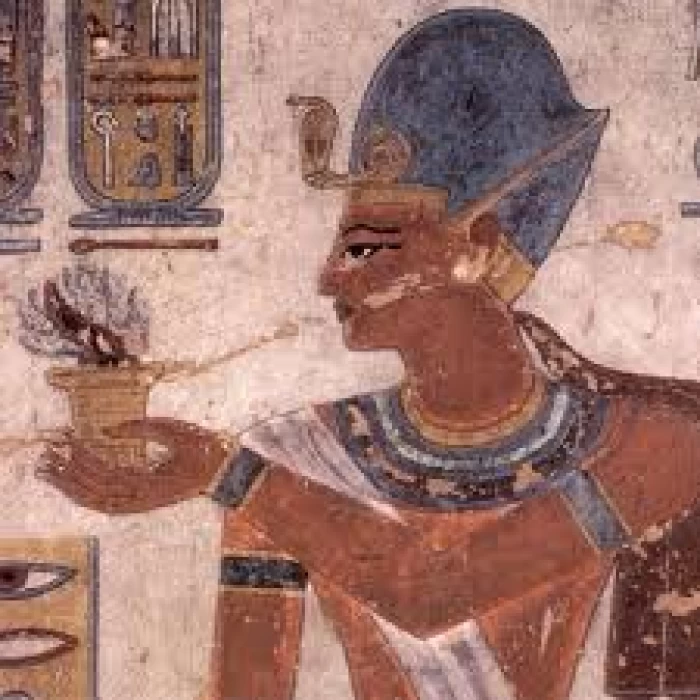
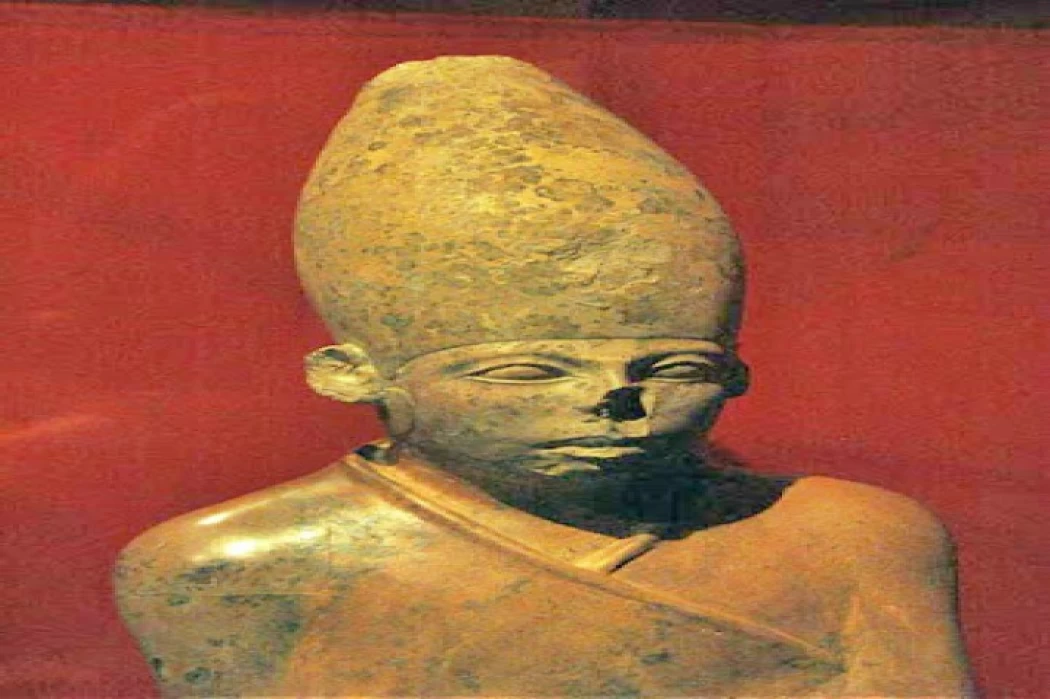
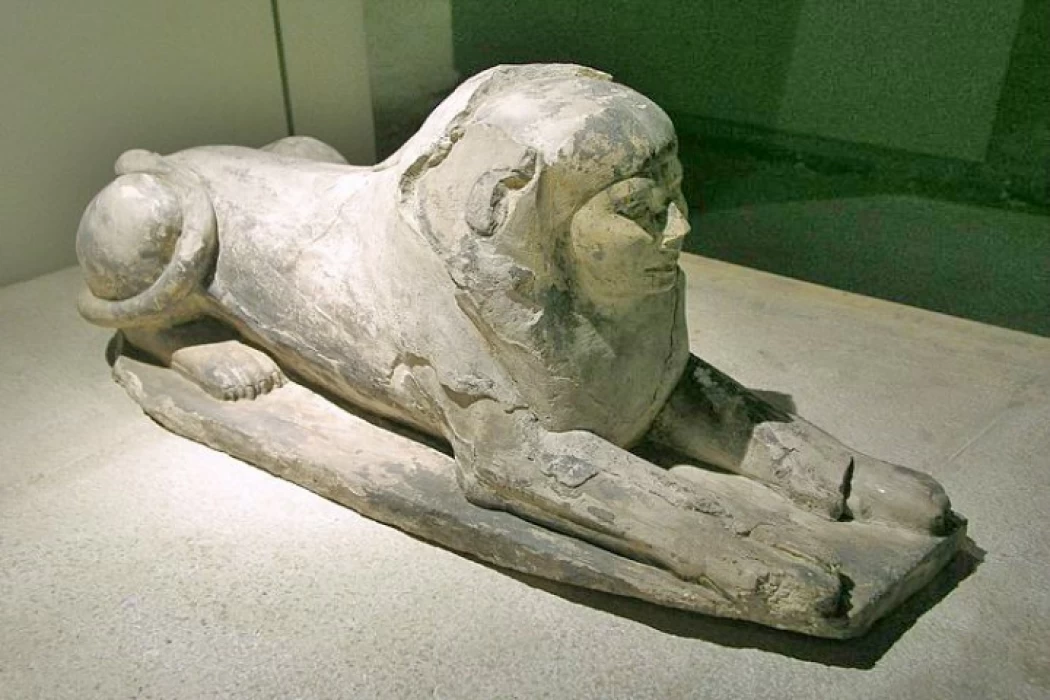
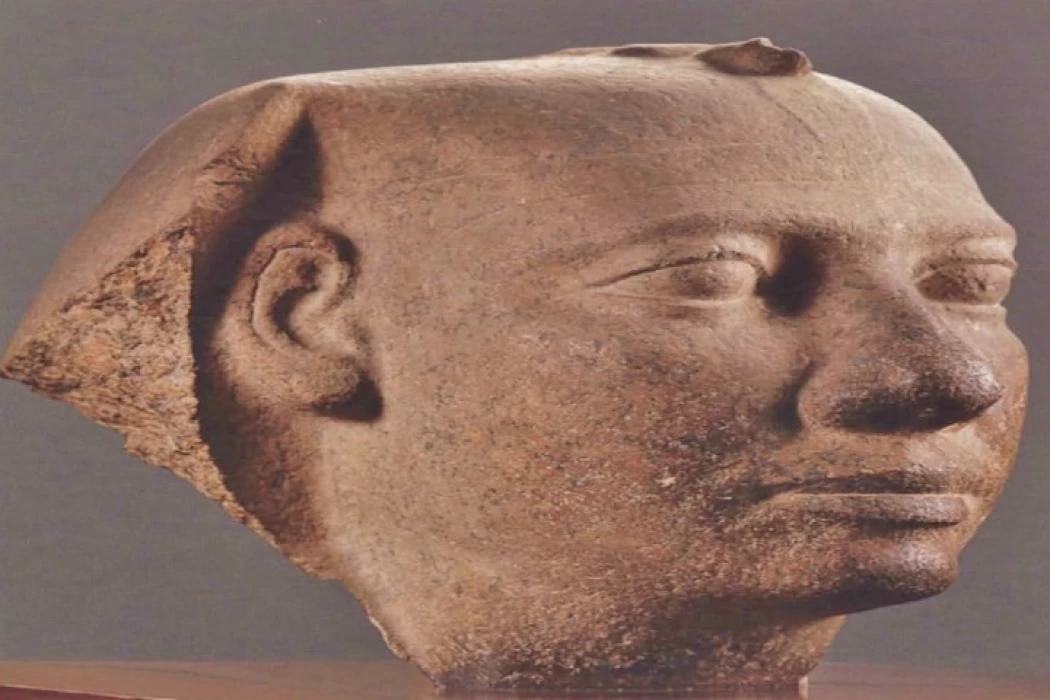
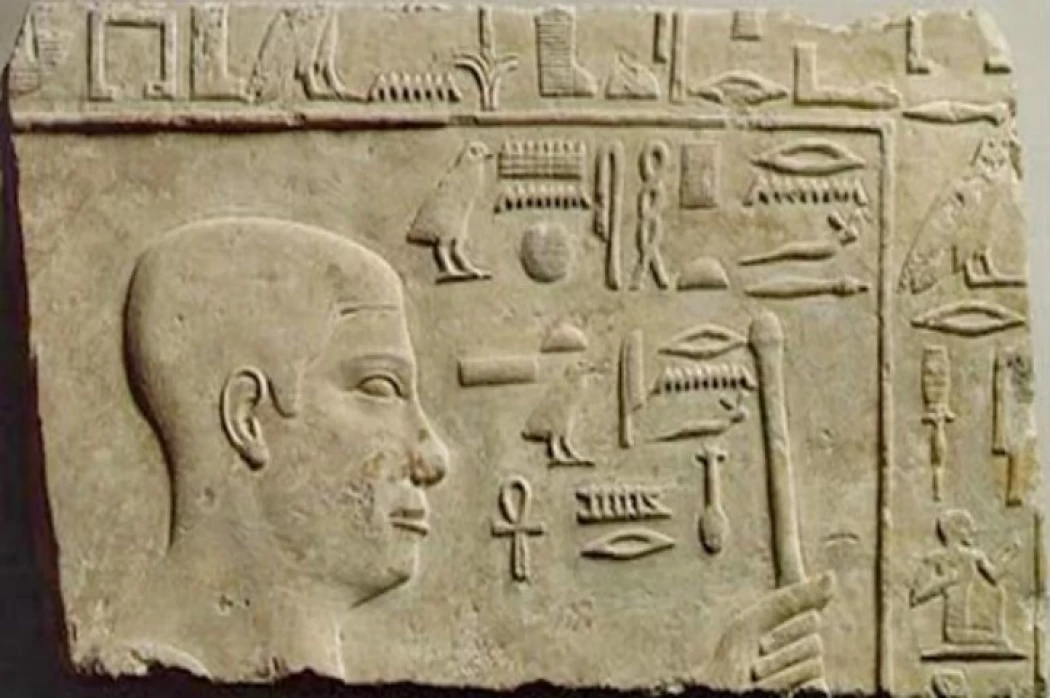
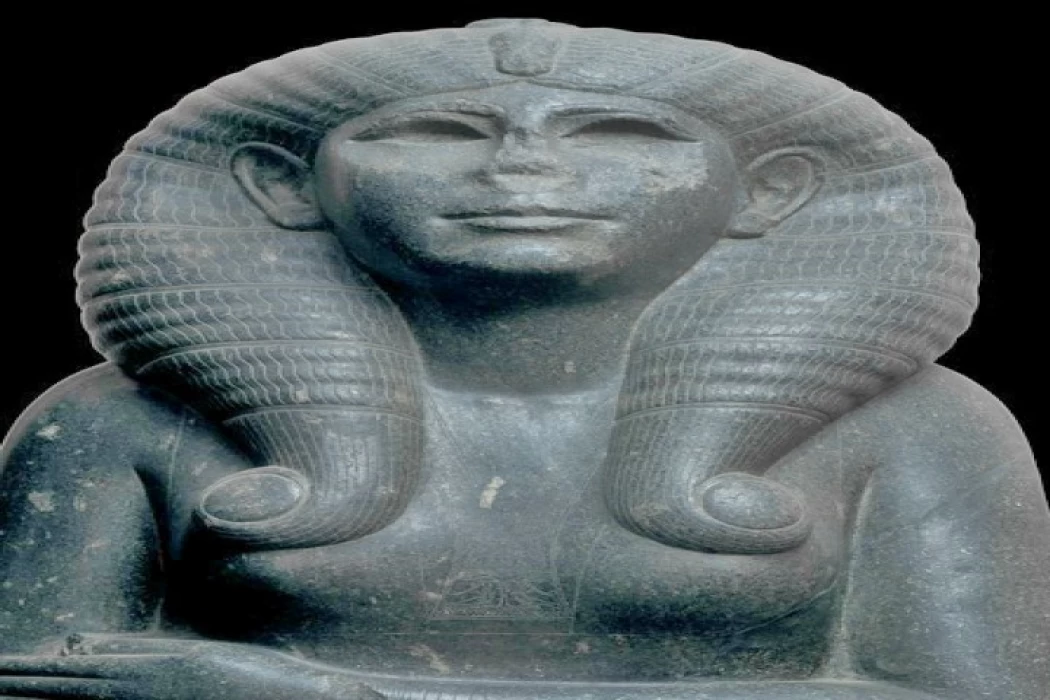
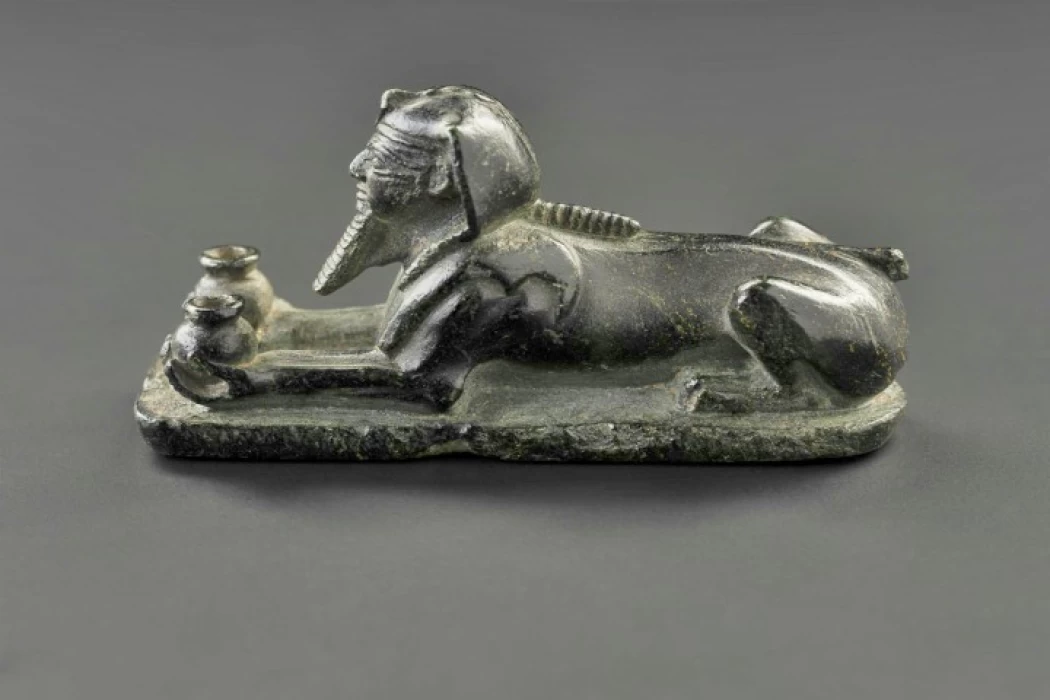
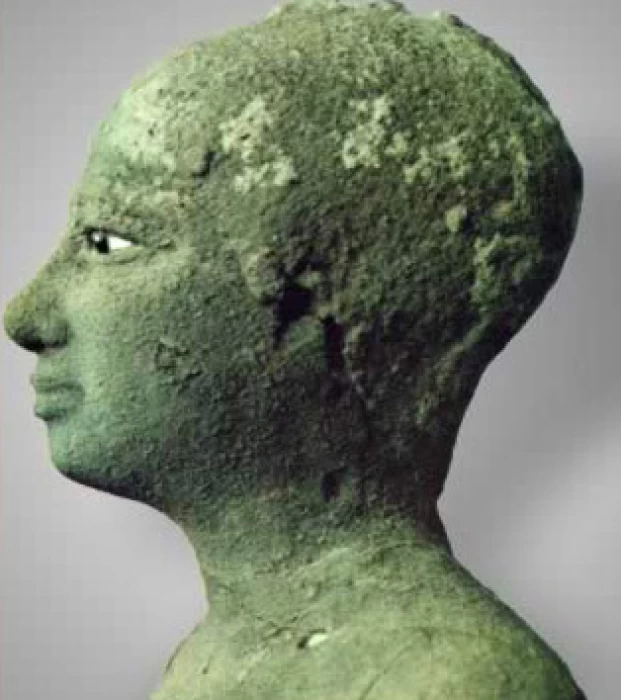
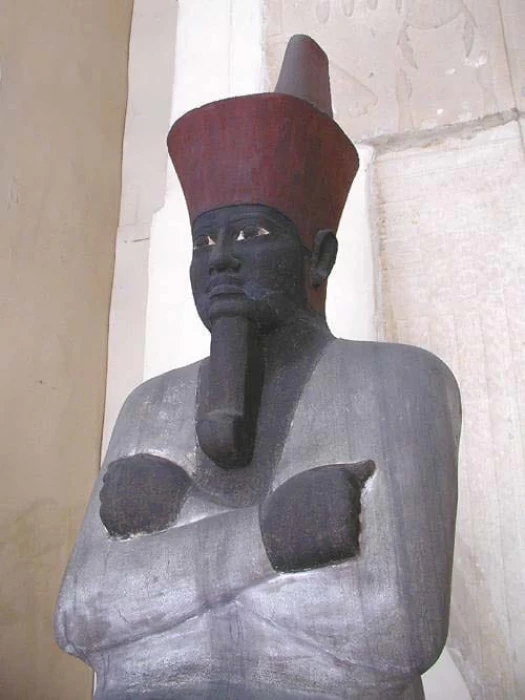
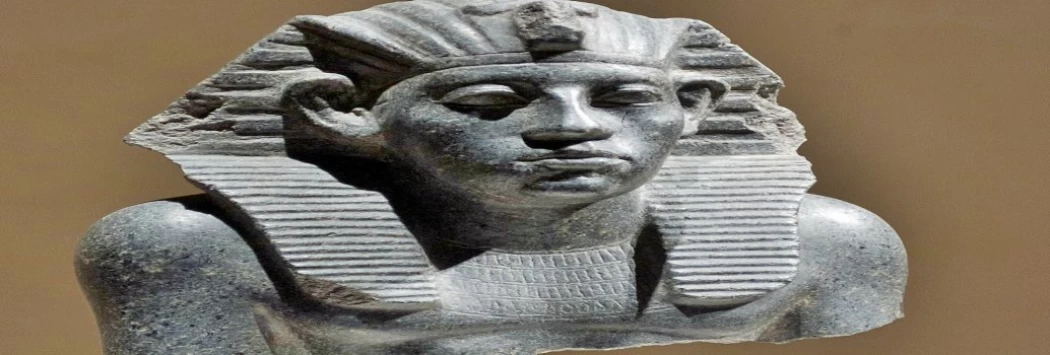
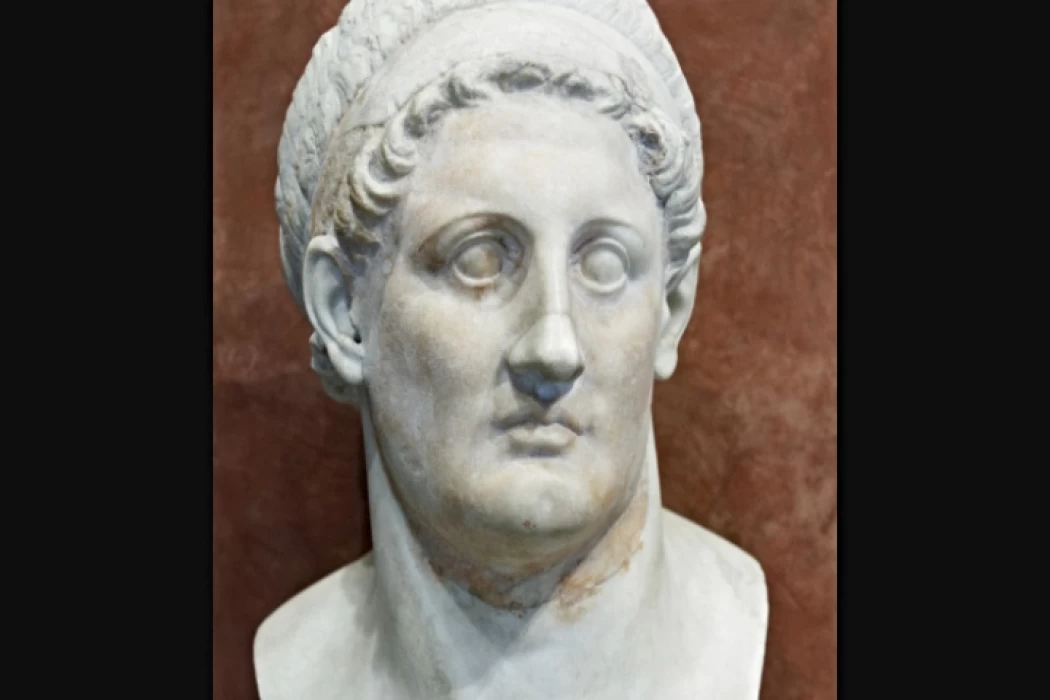
 _ ancient Egypt-webp.webp)


